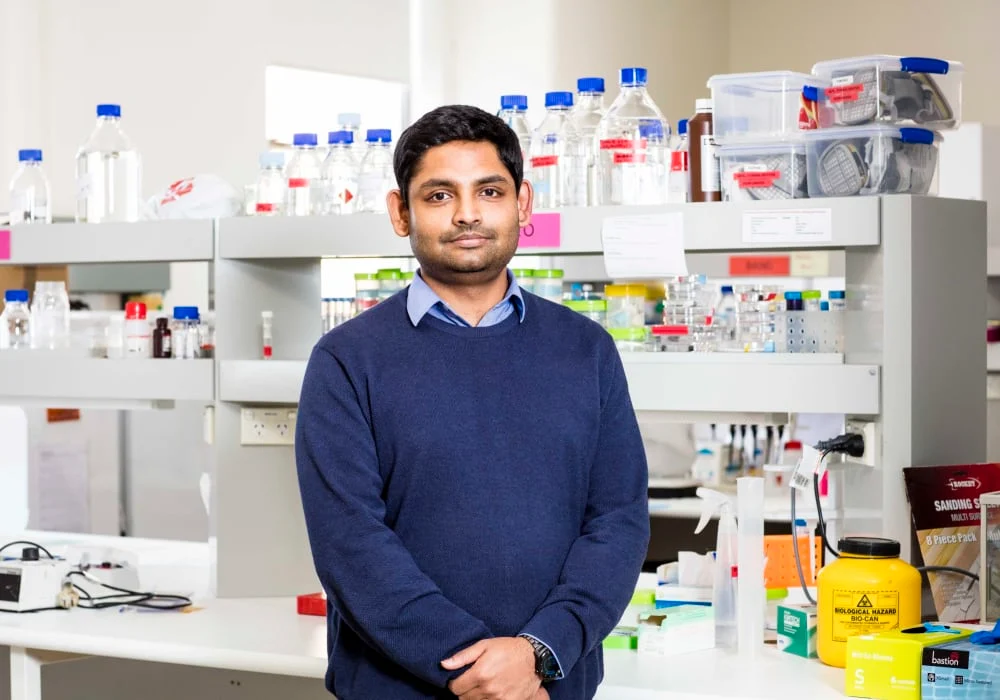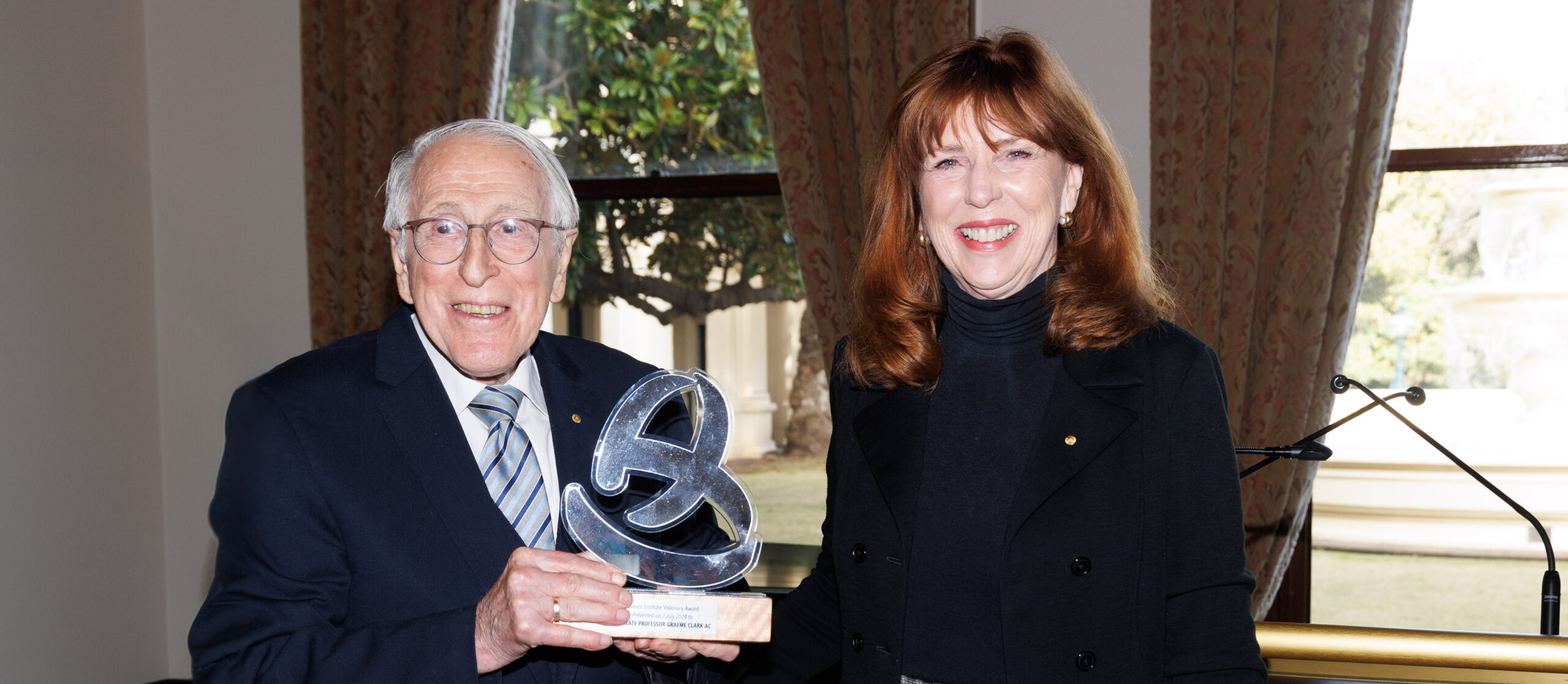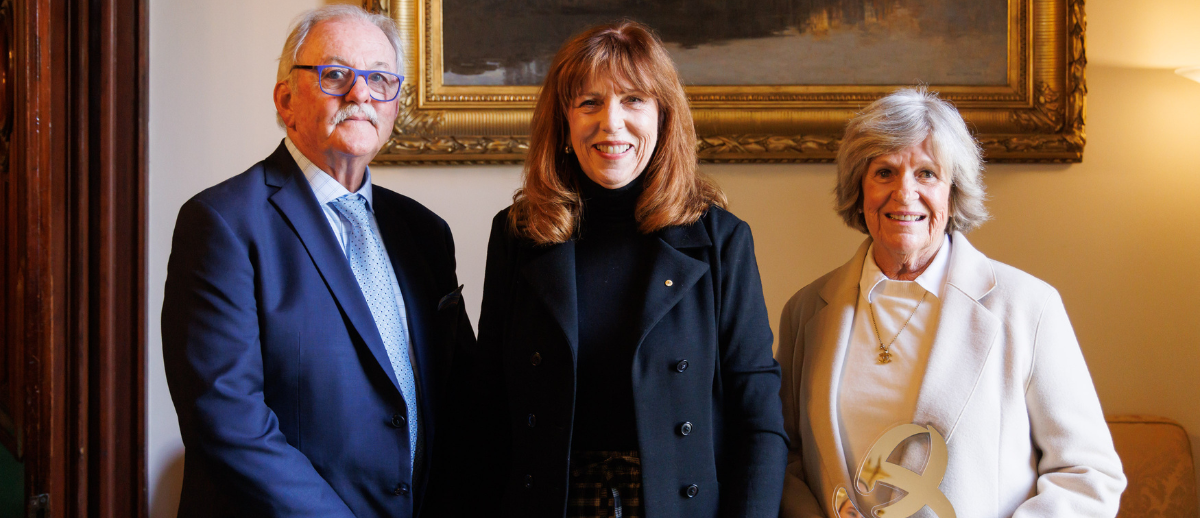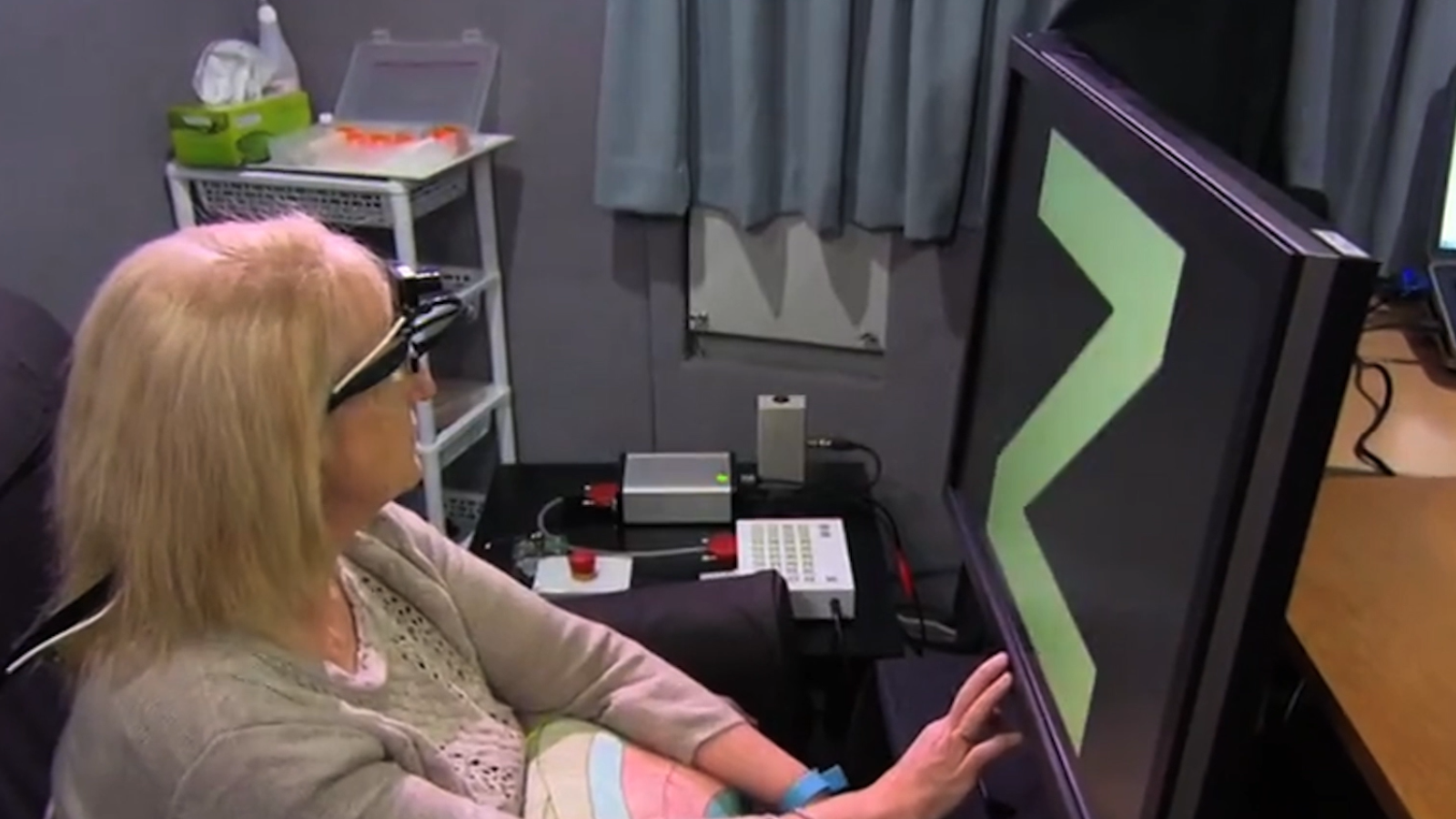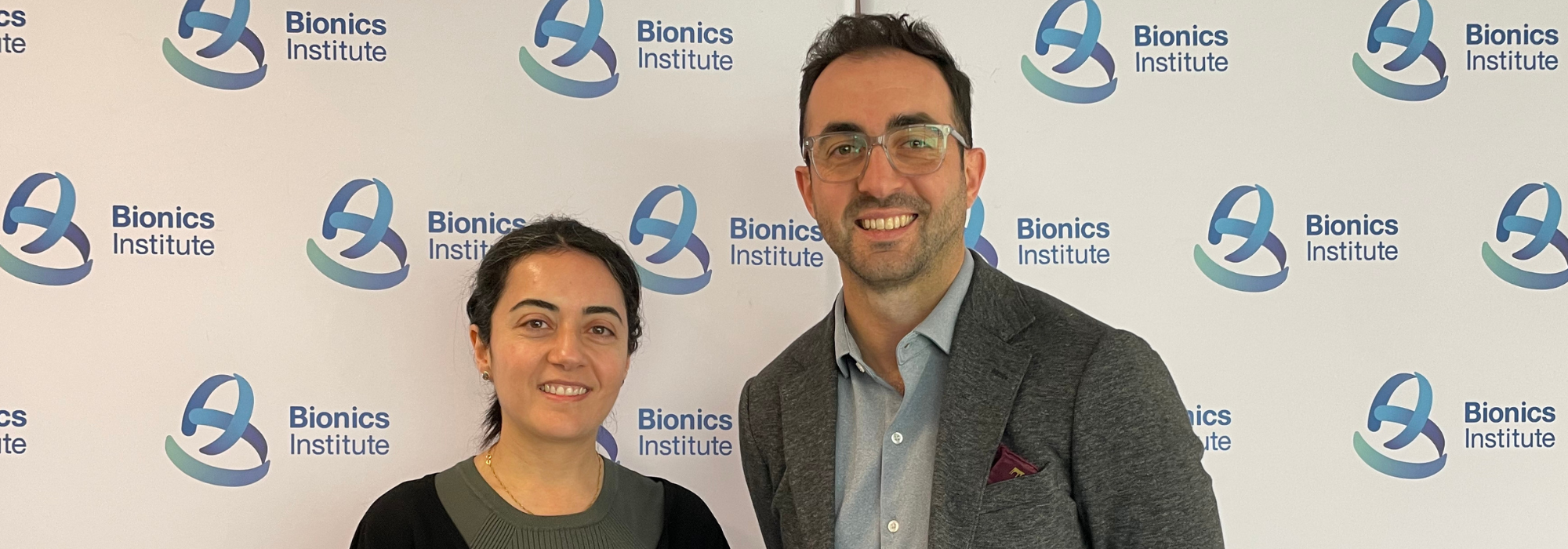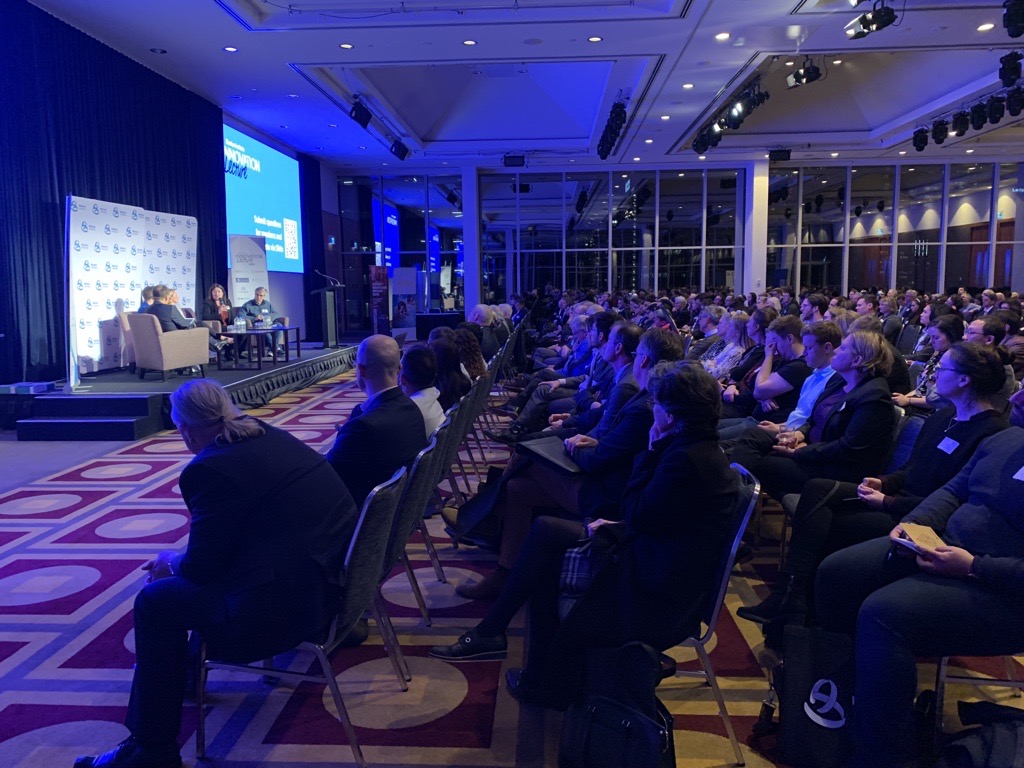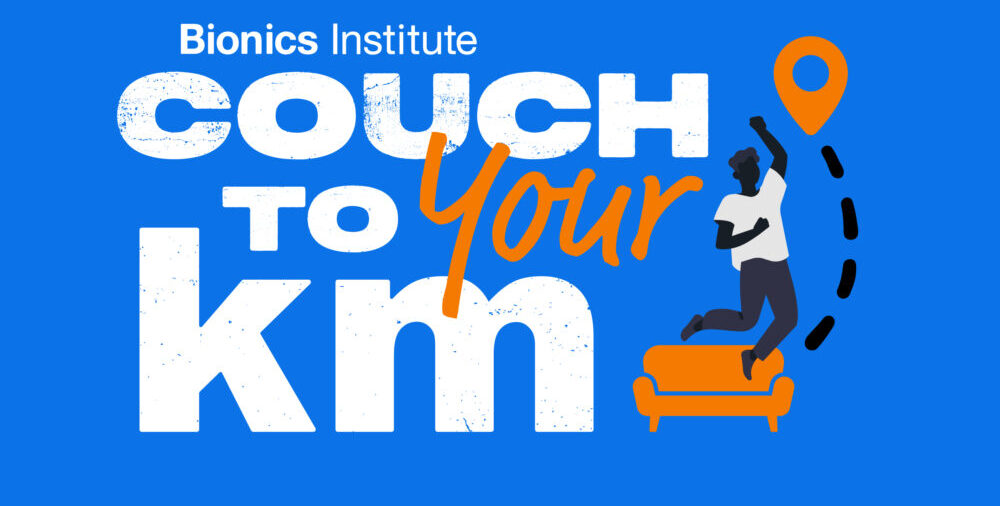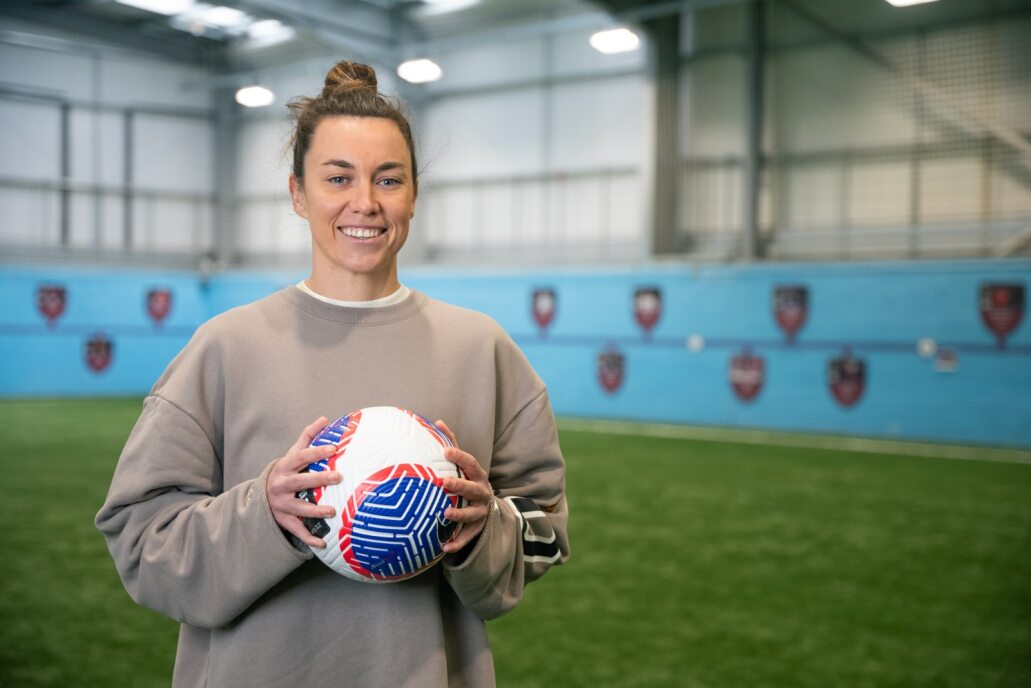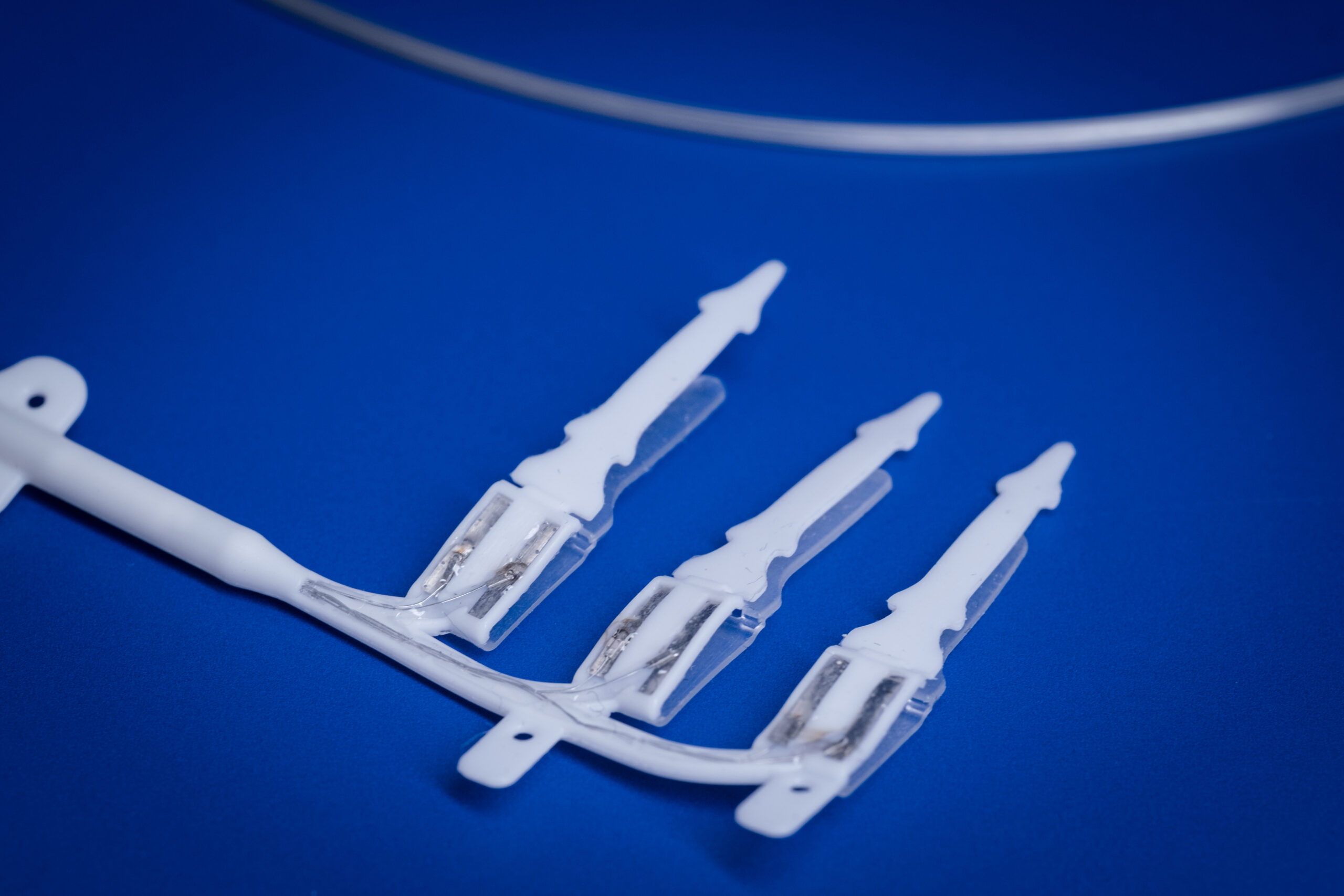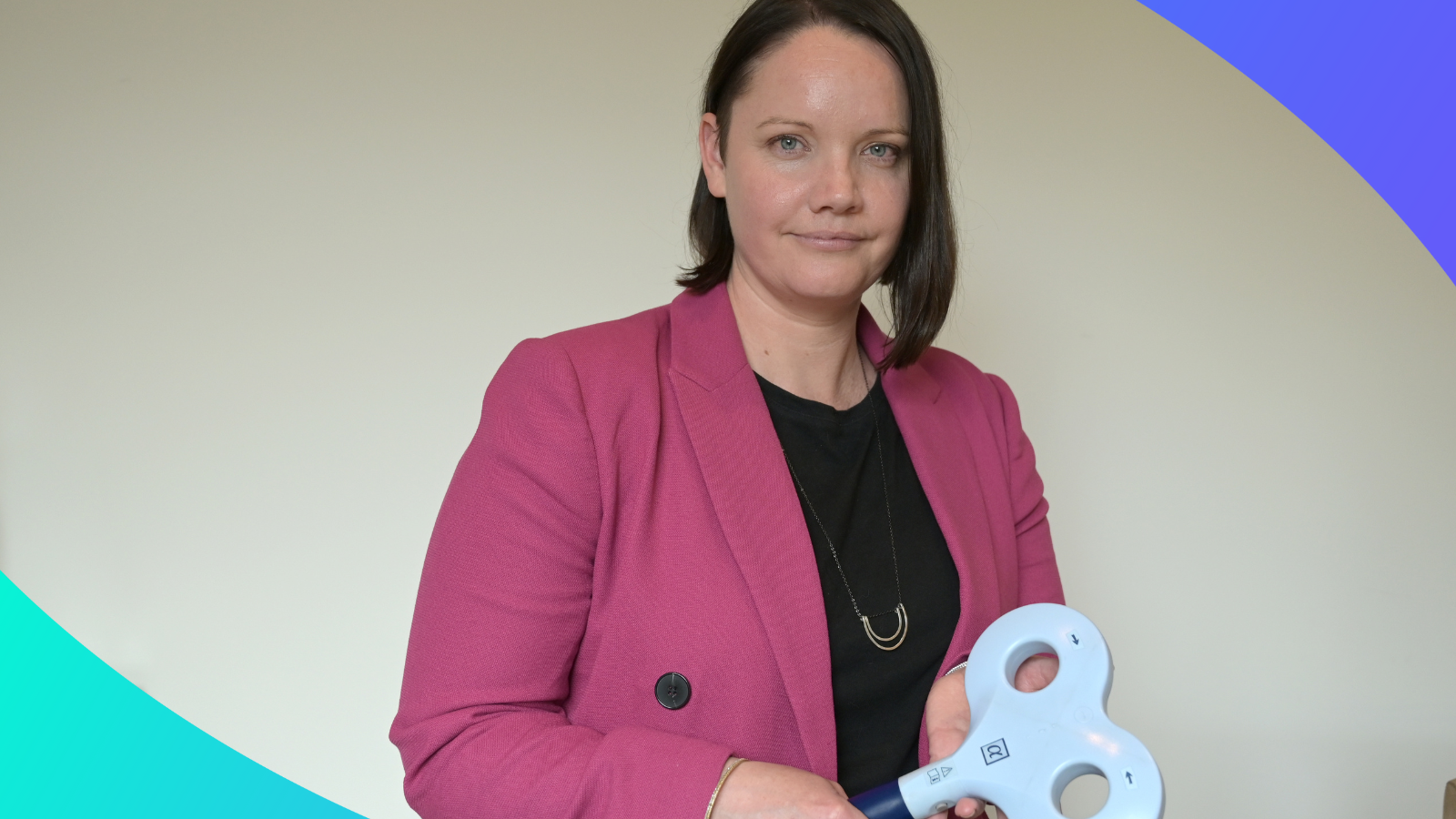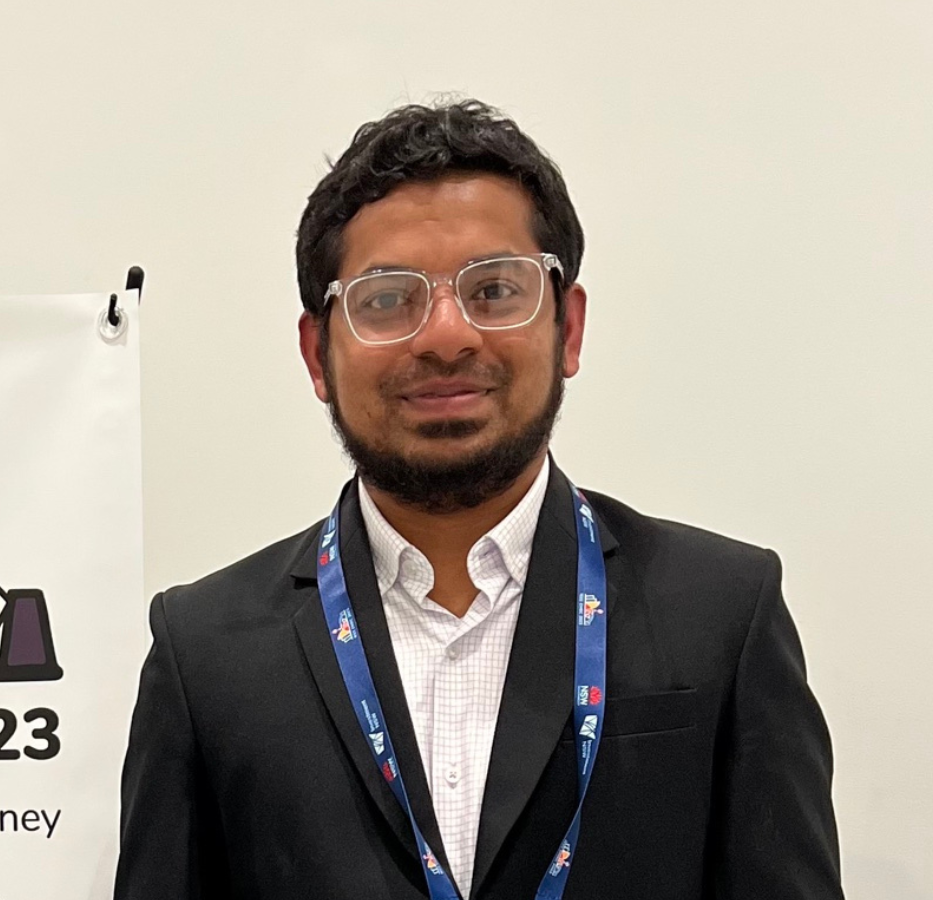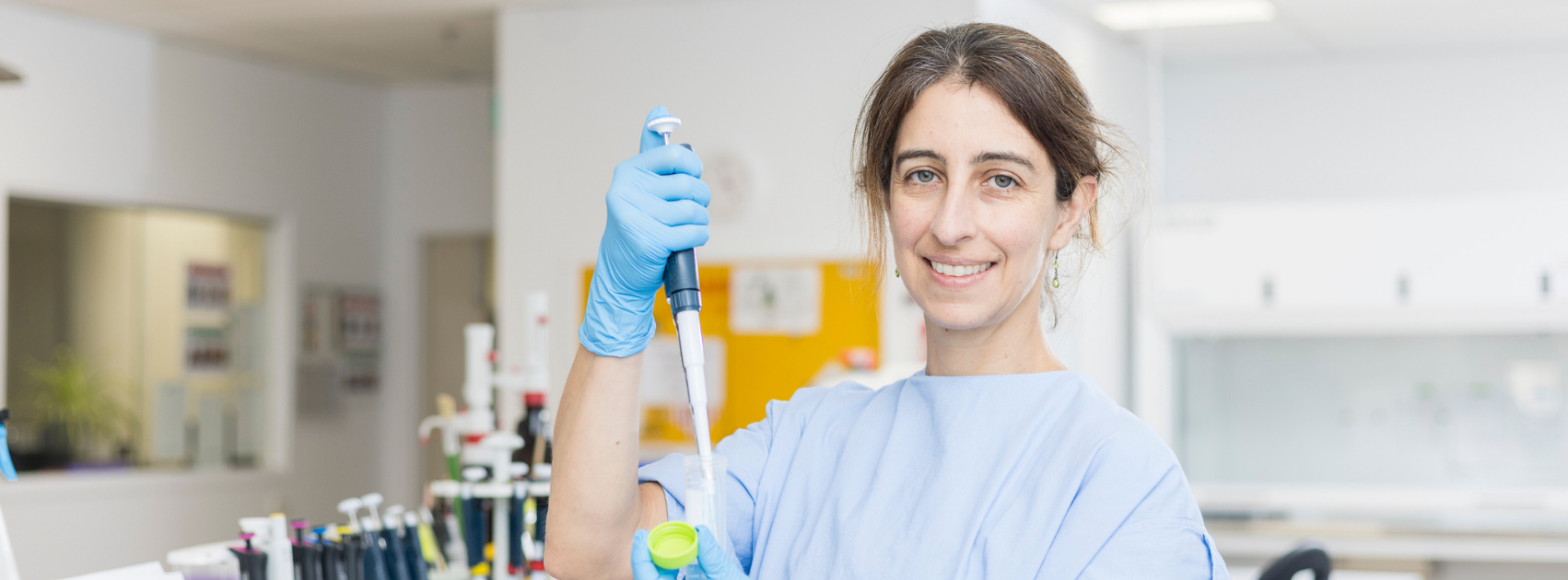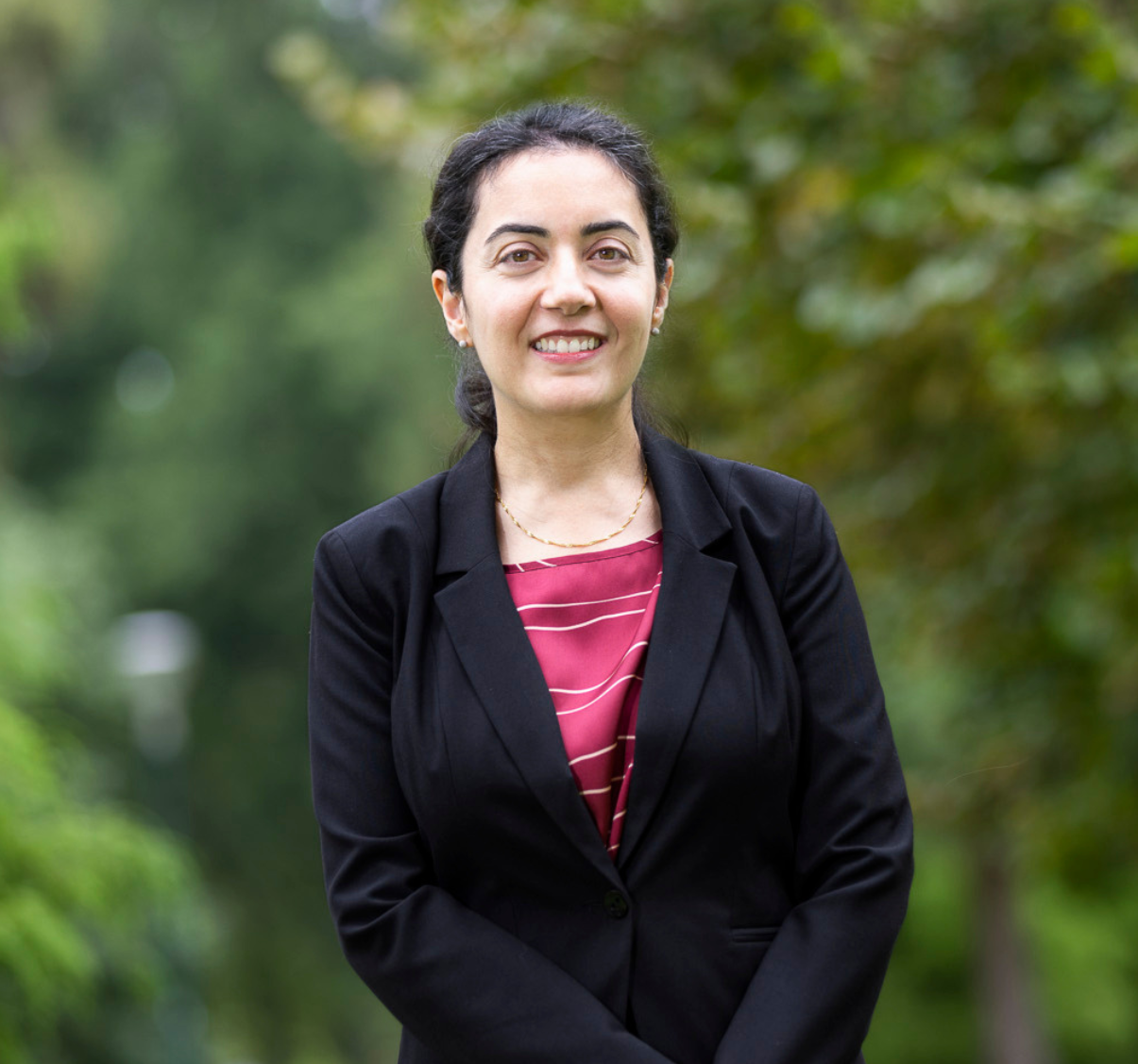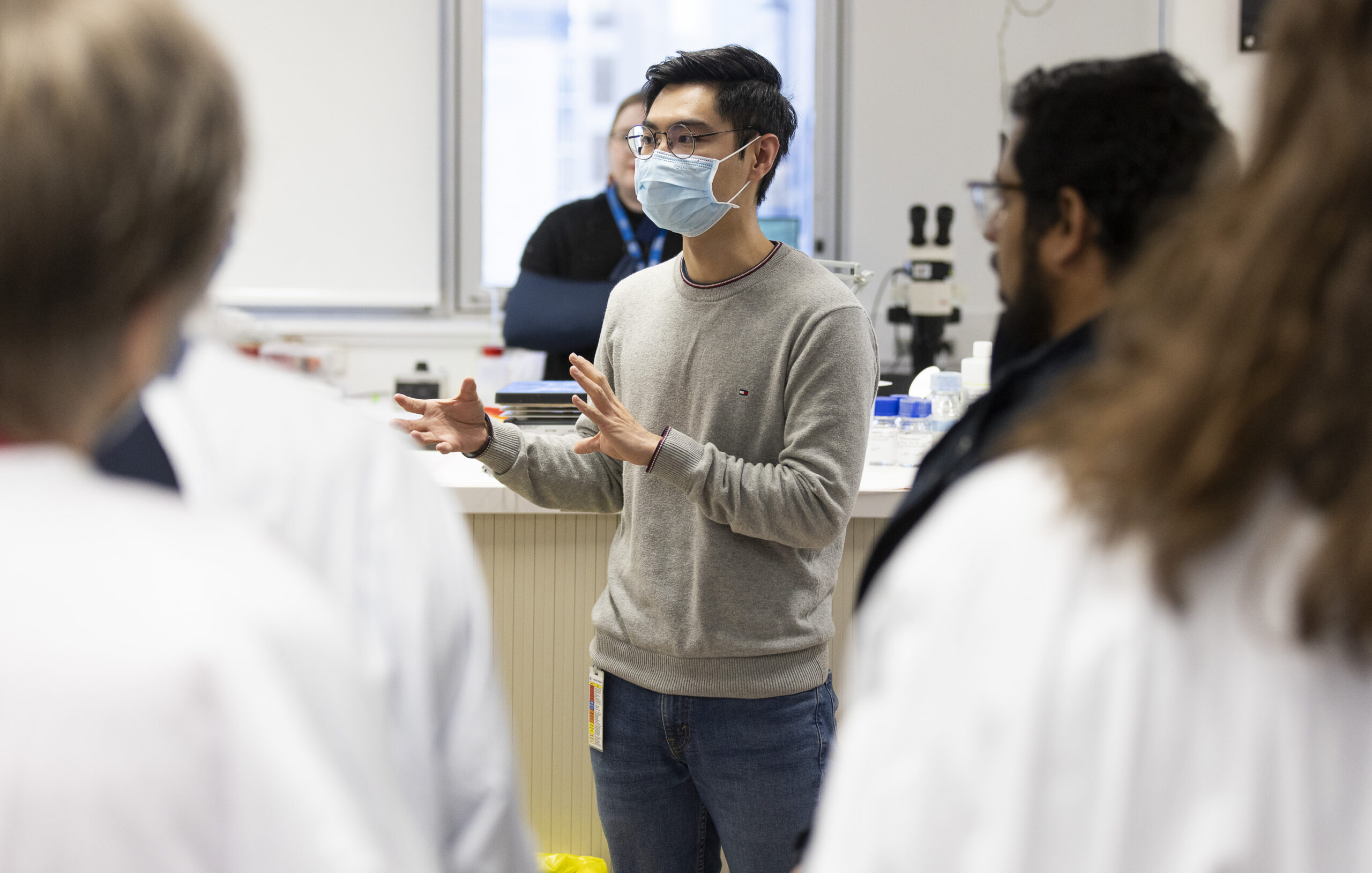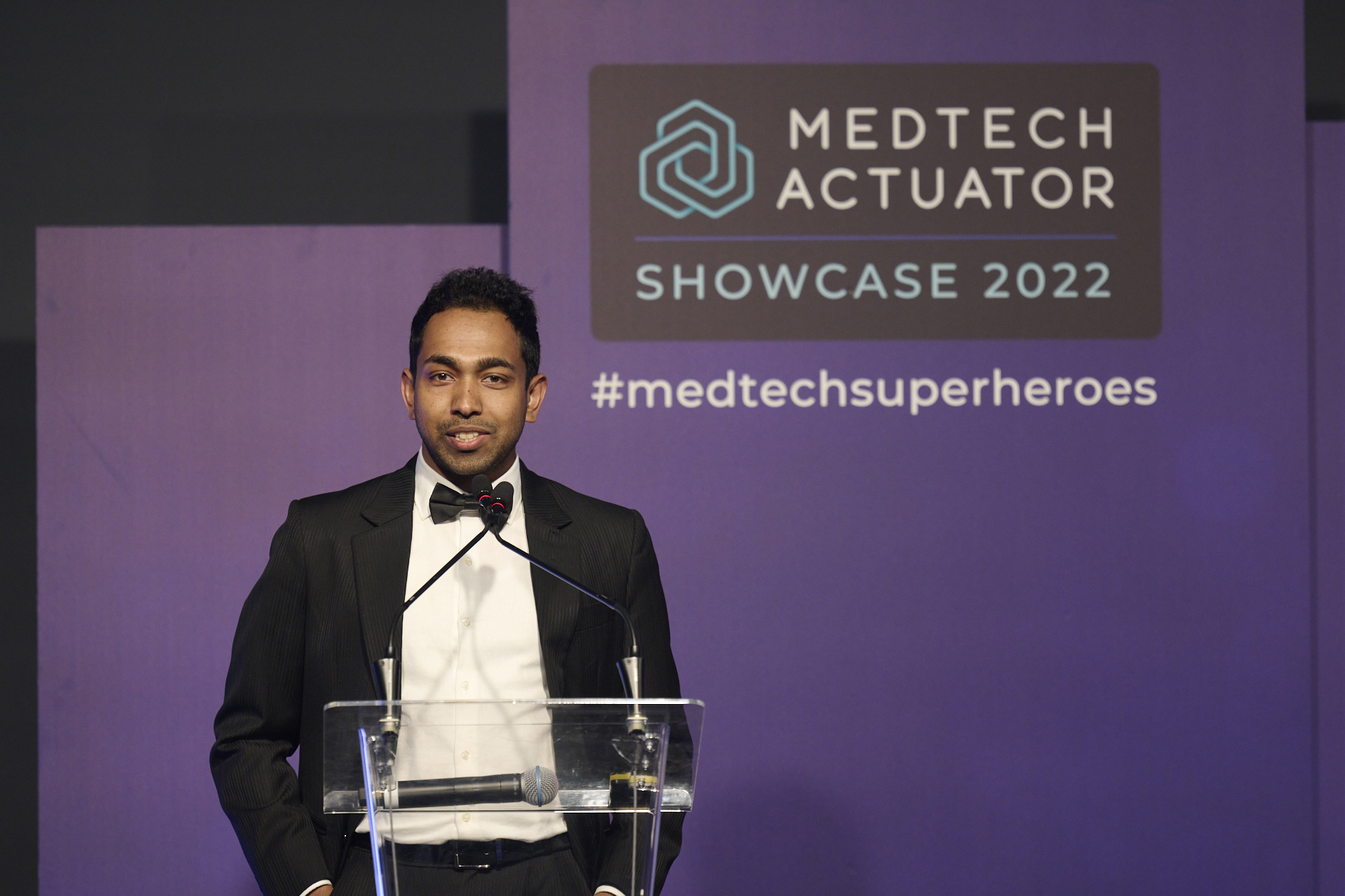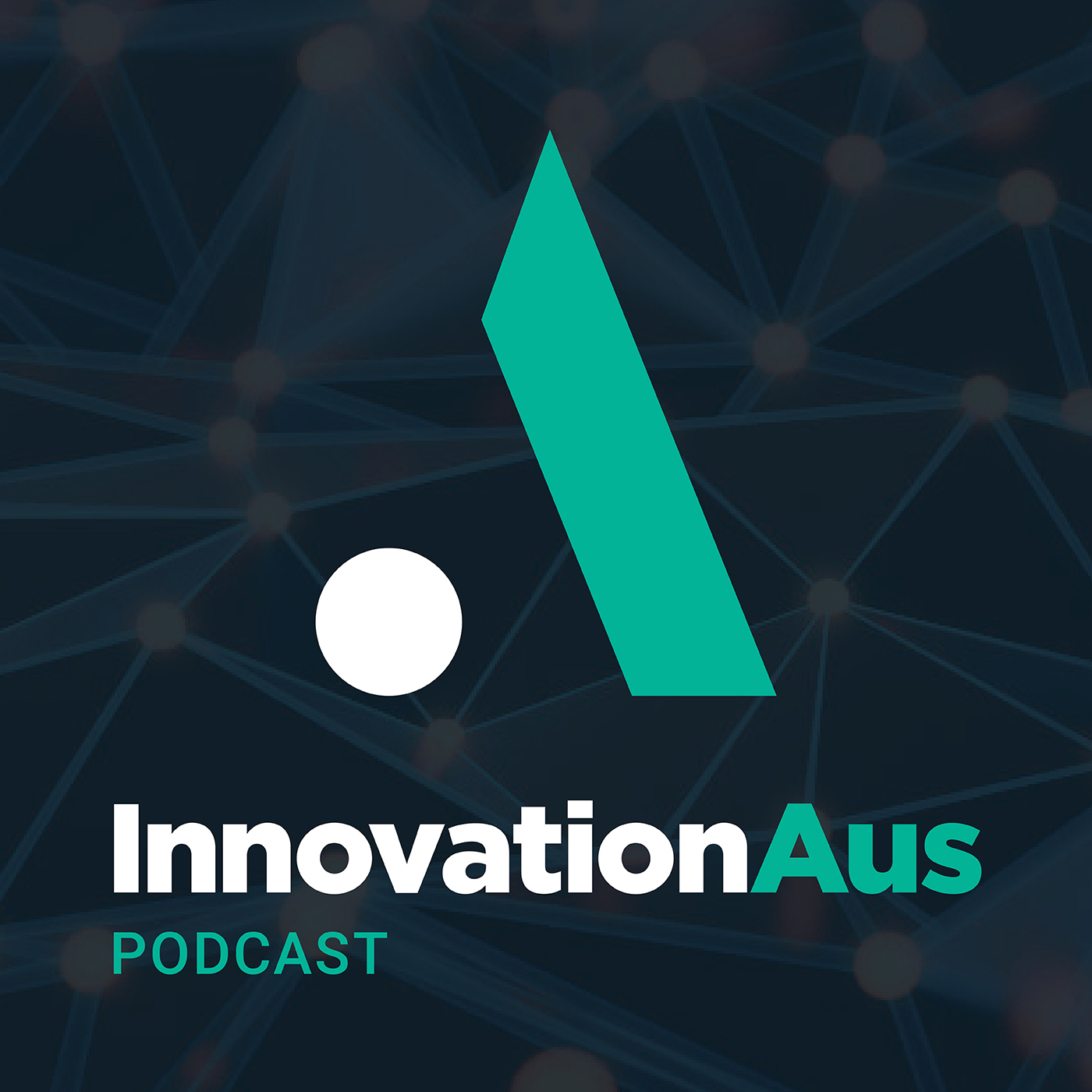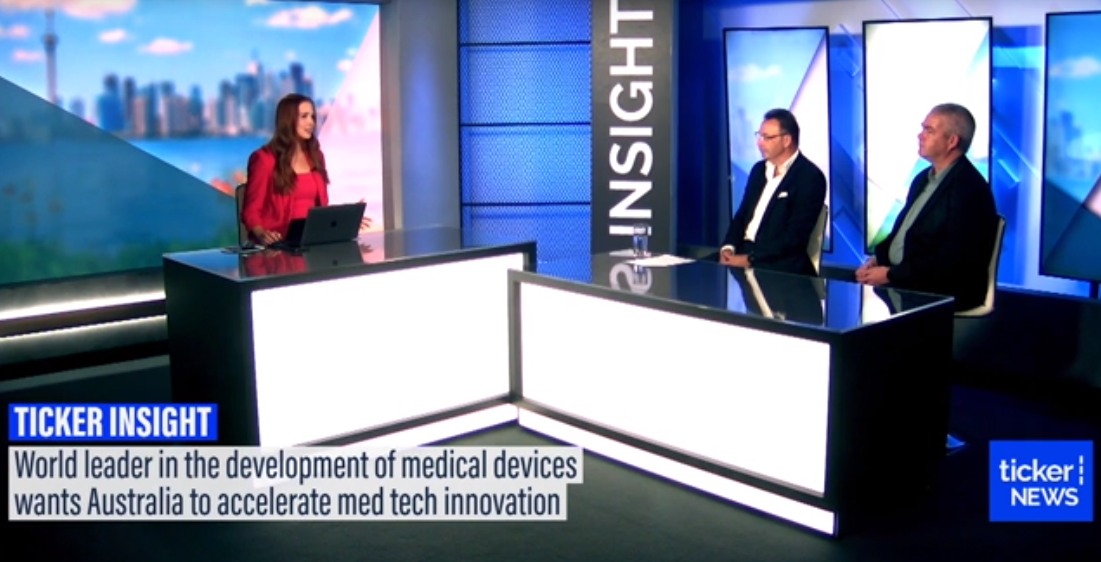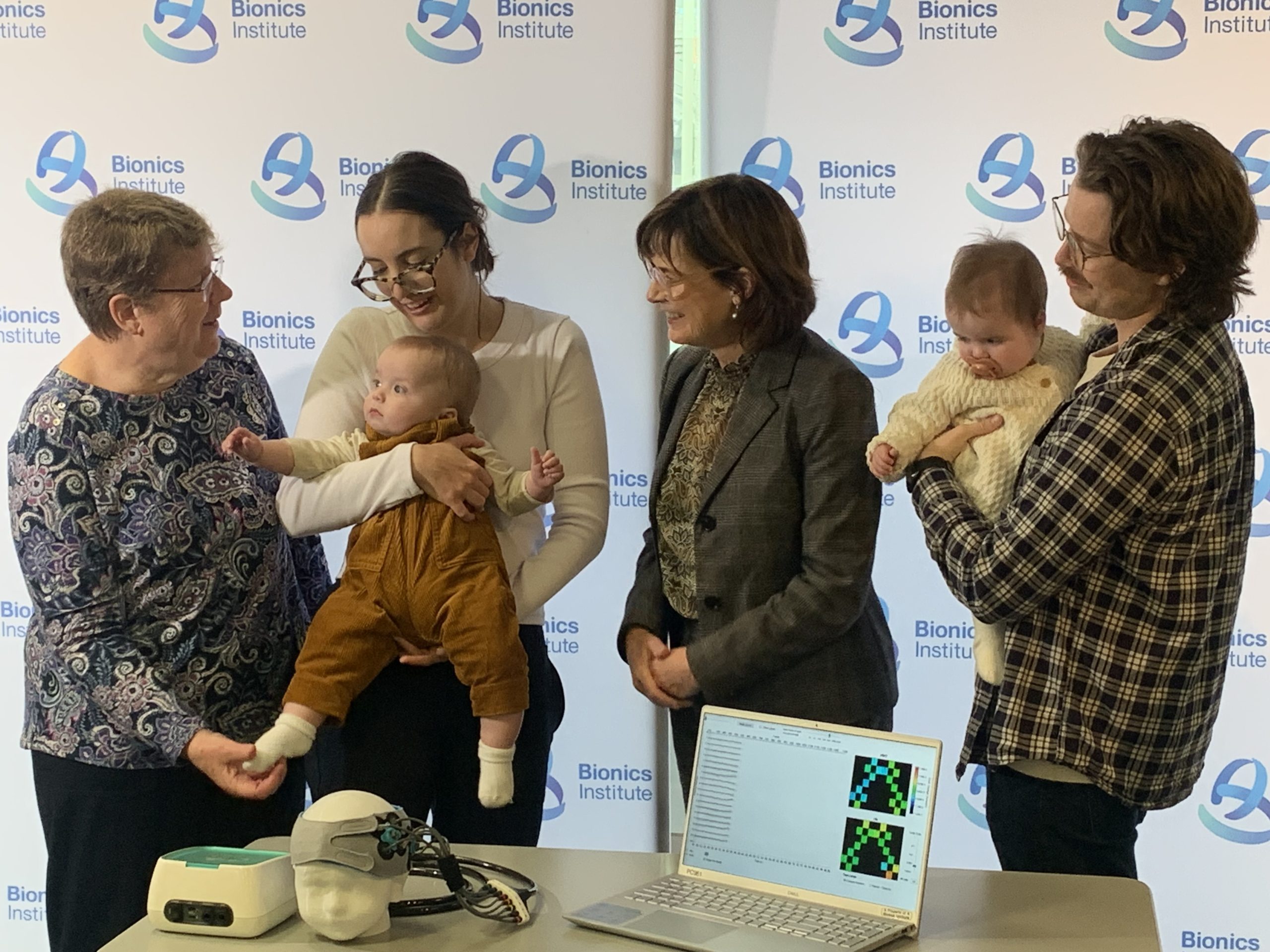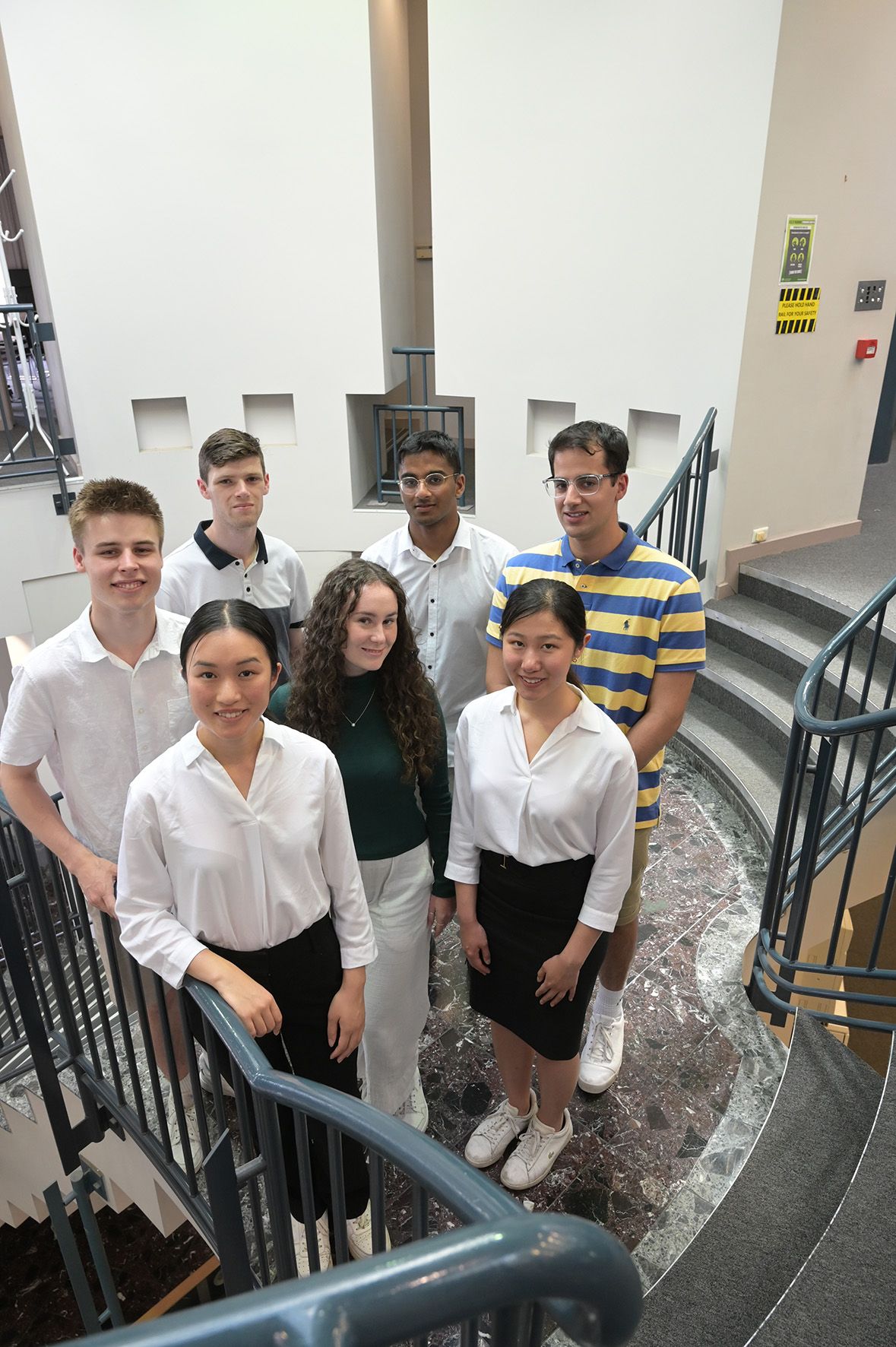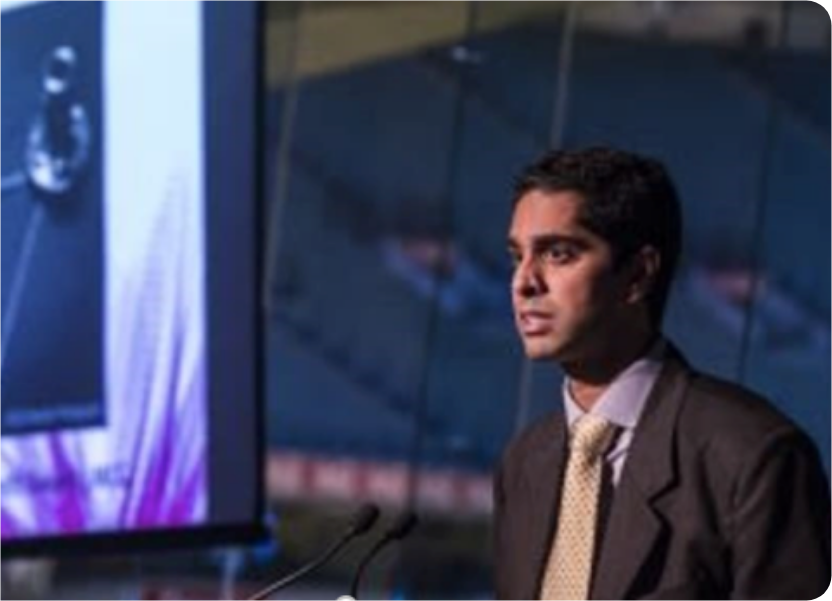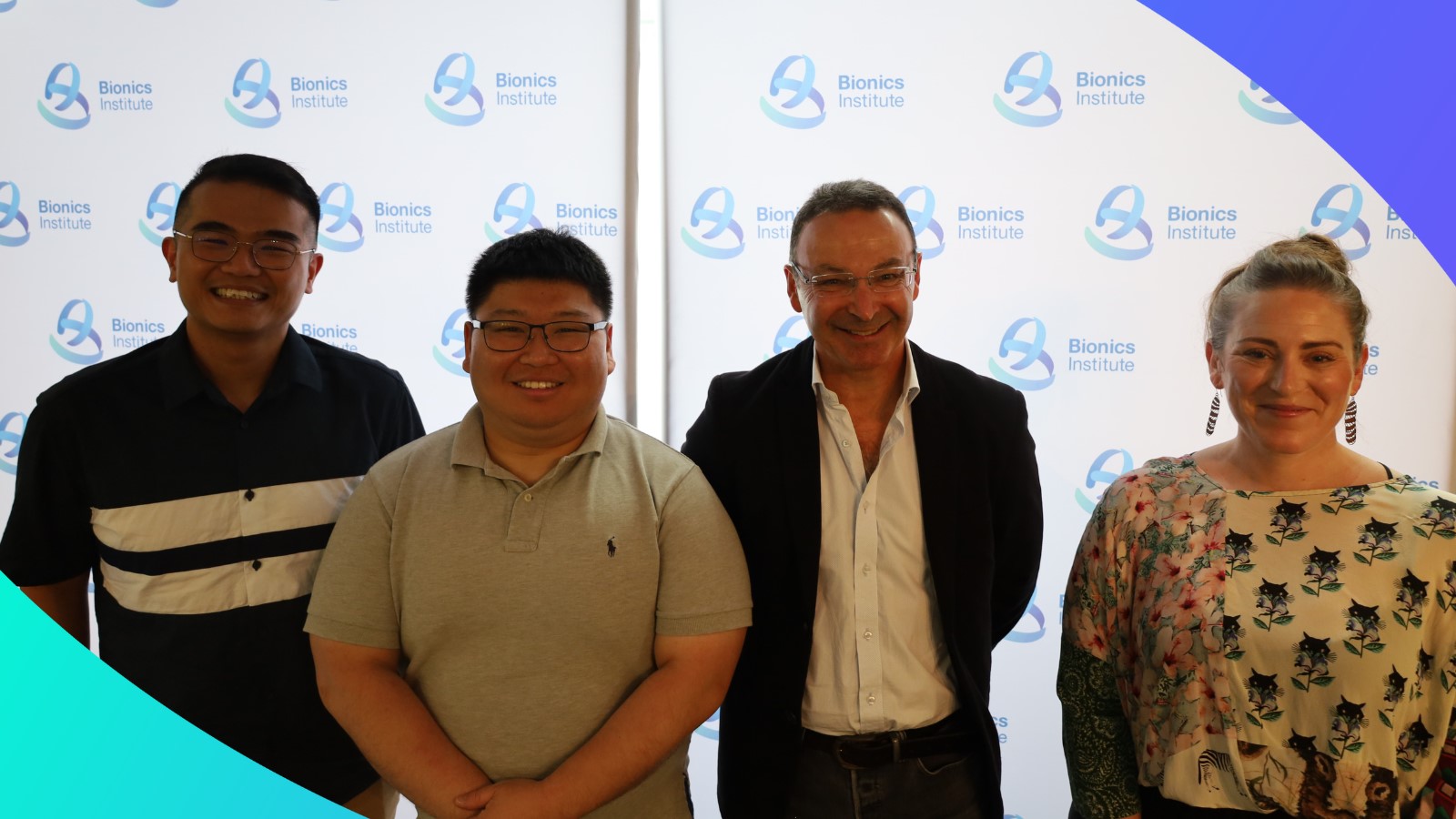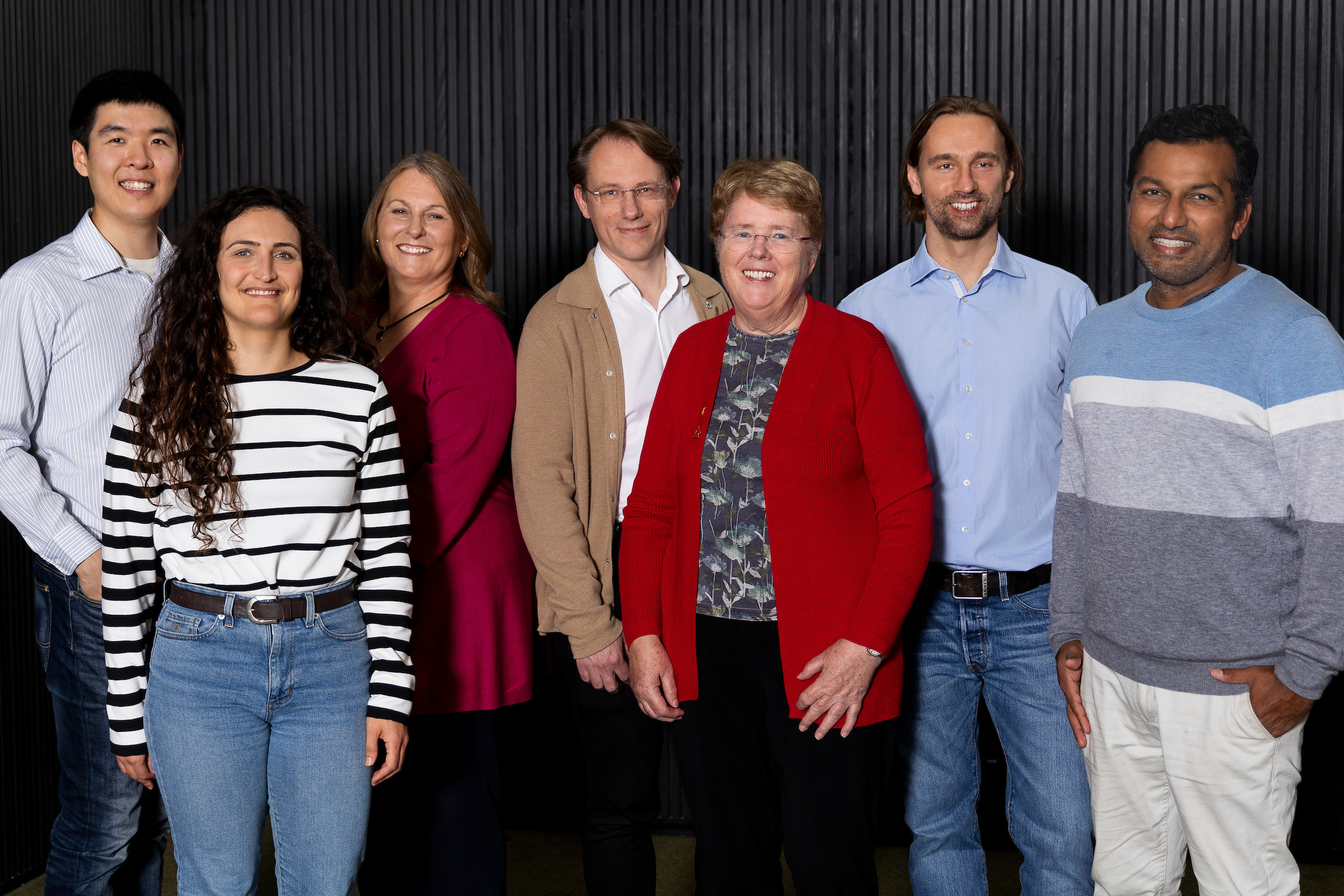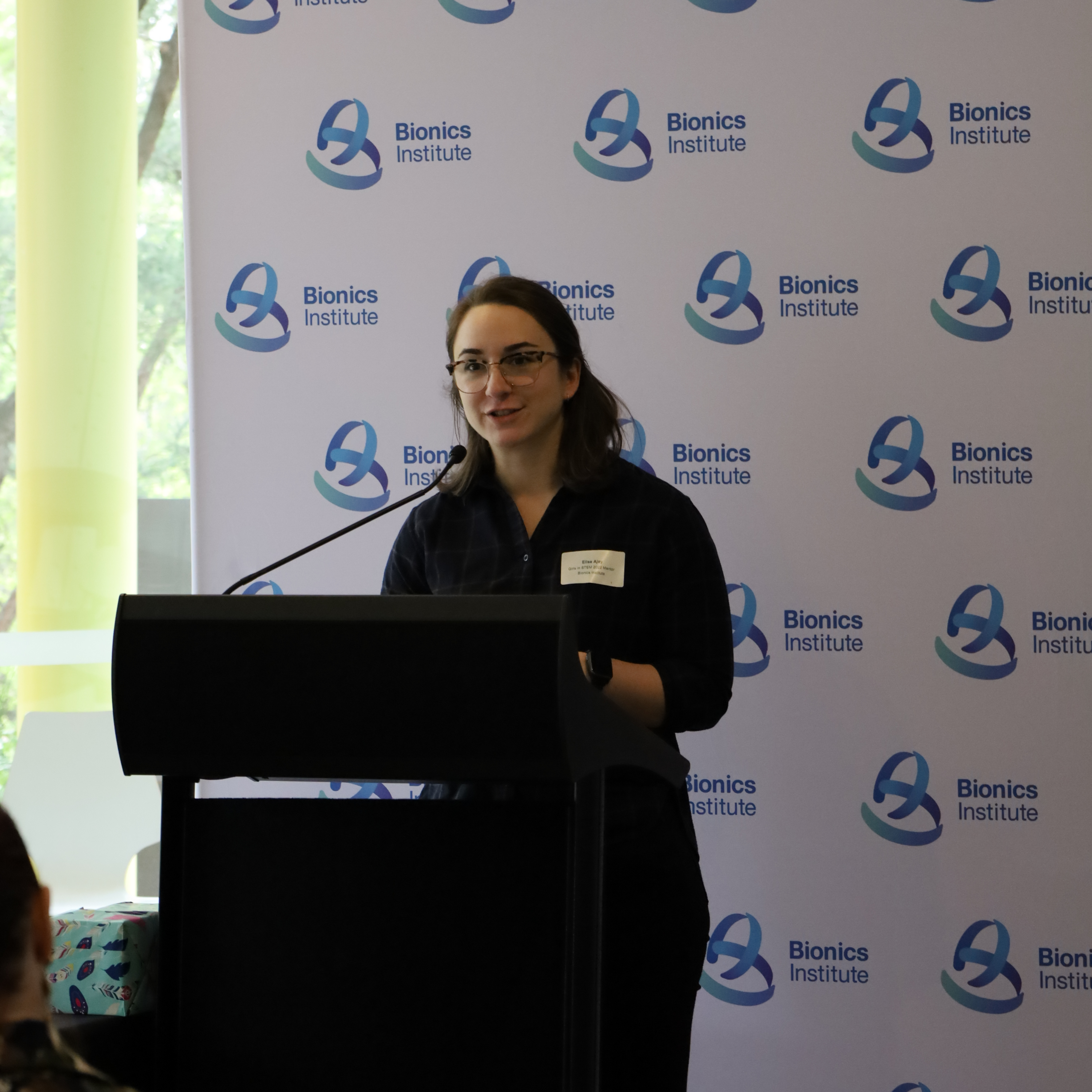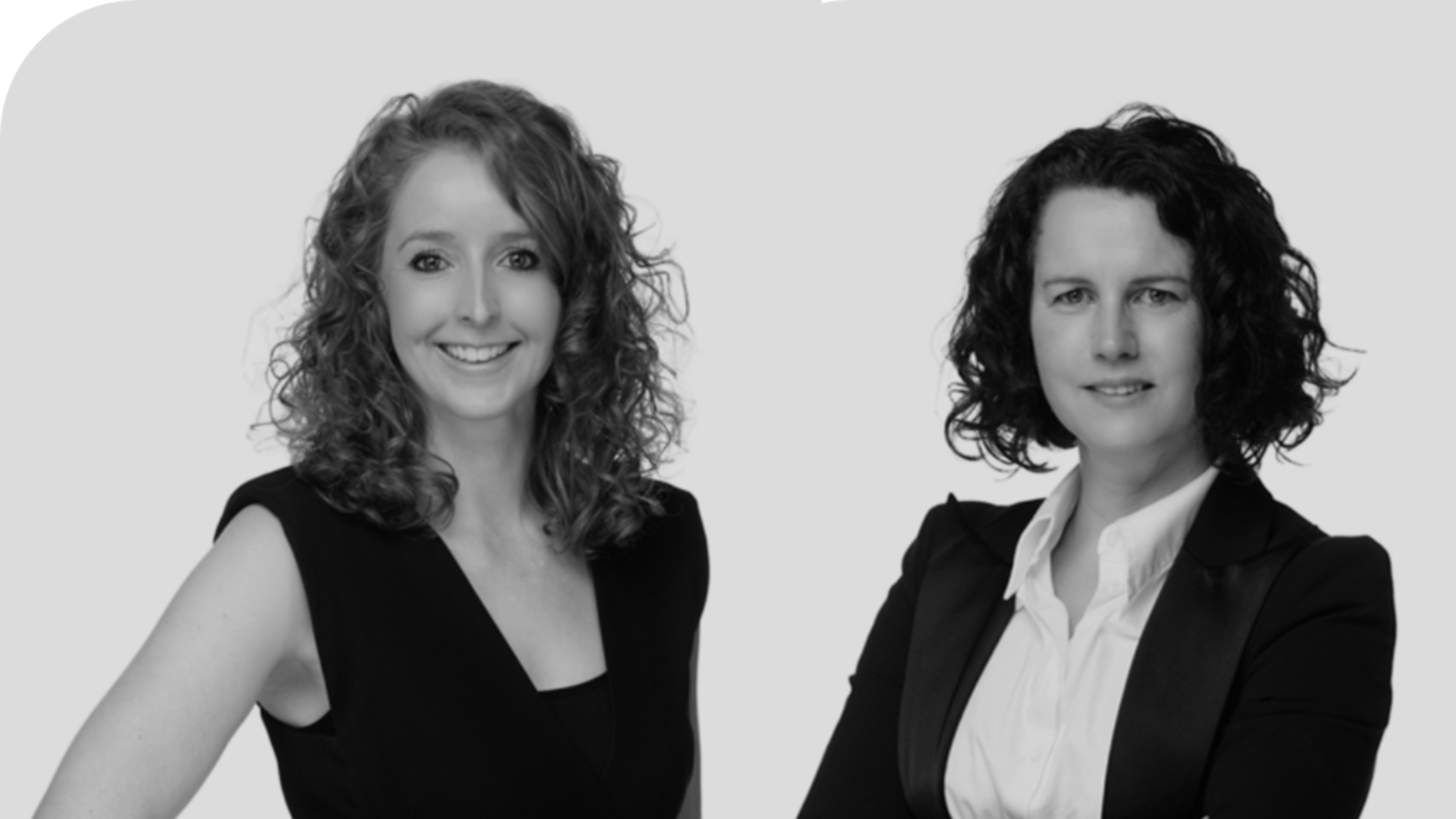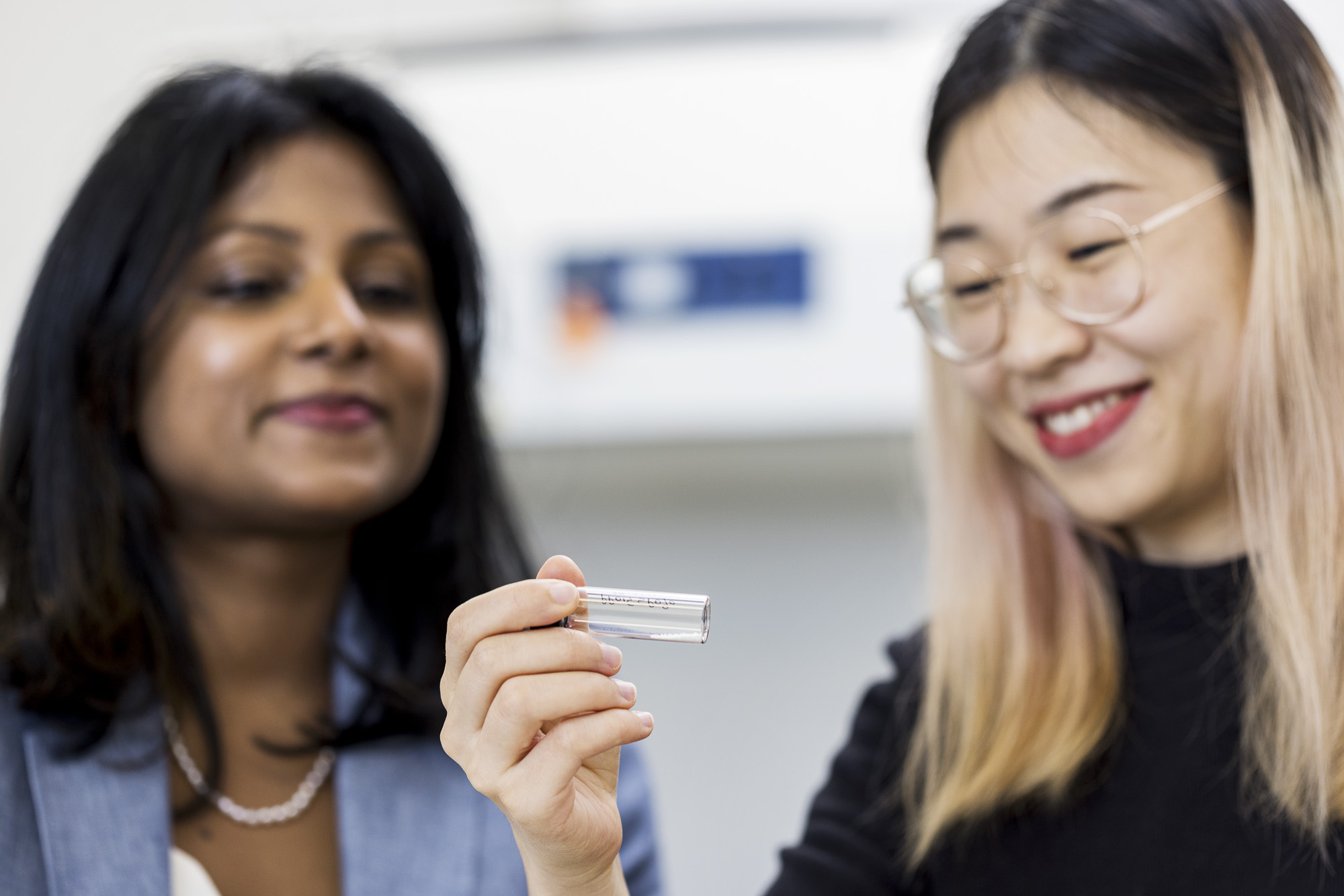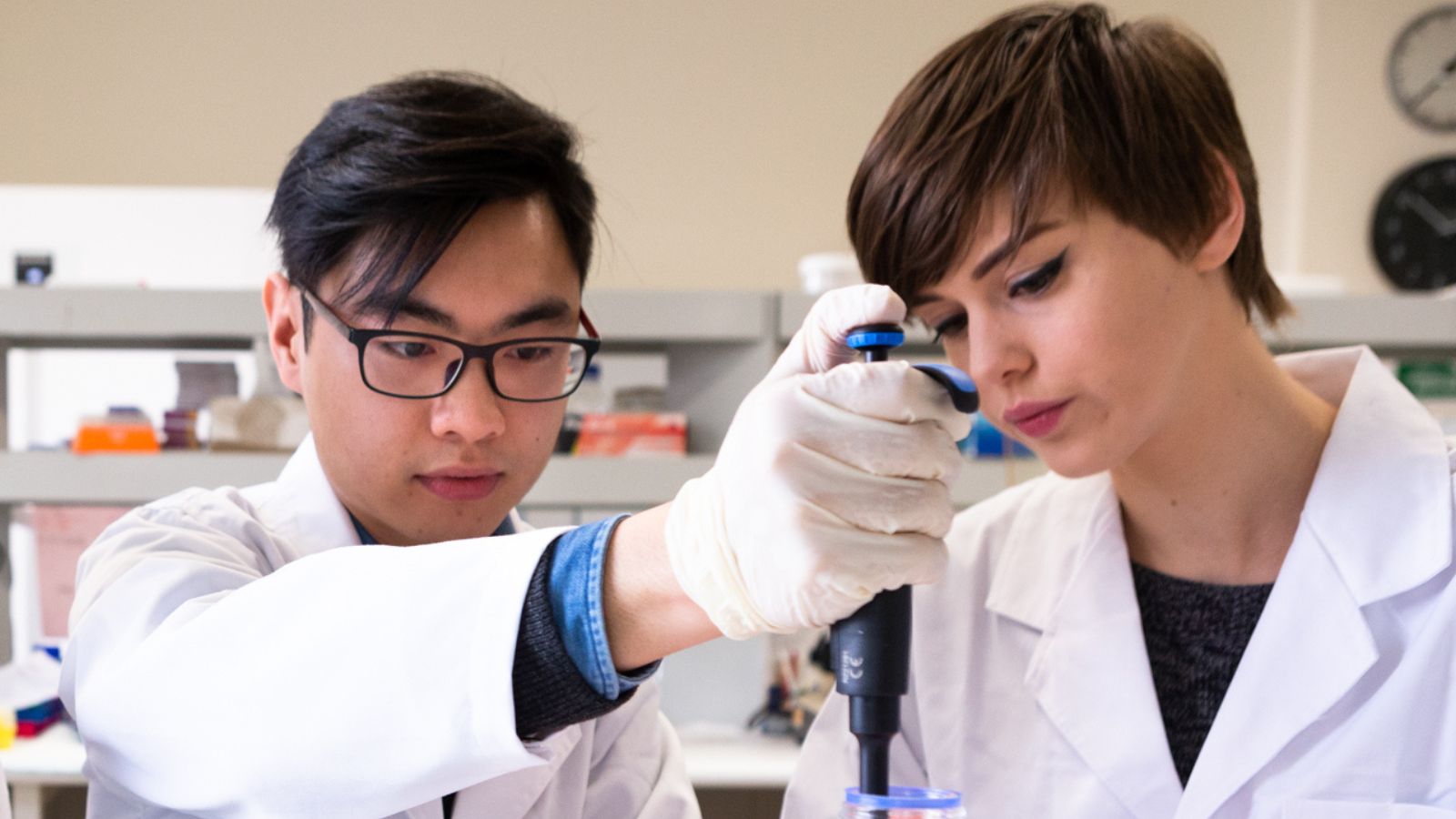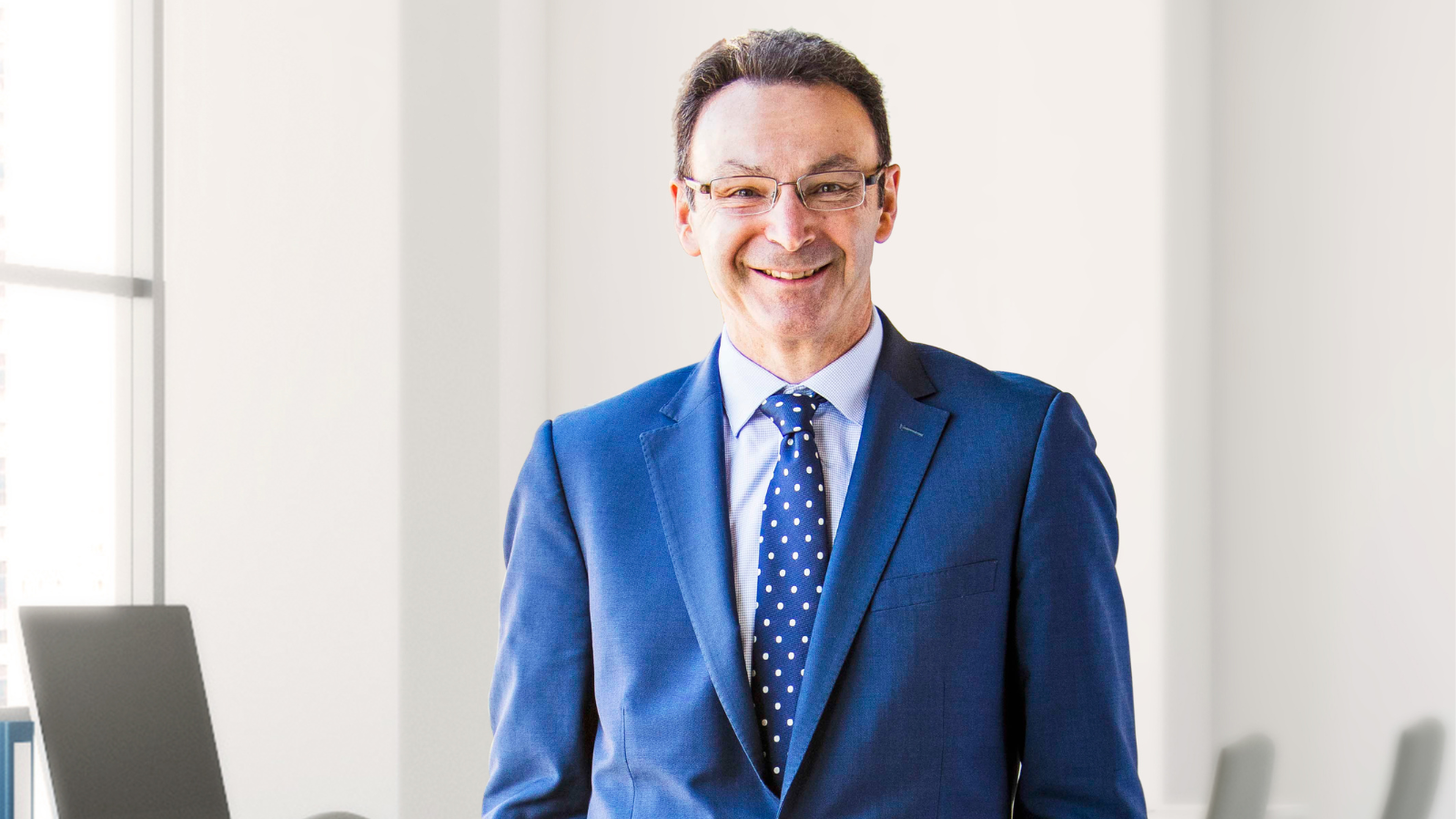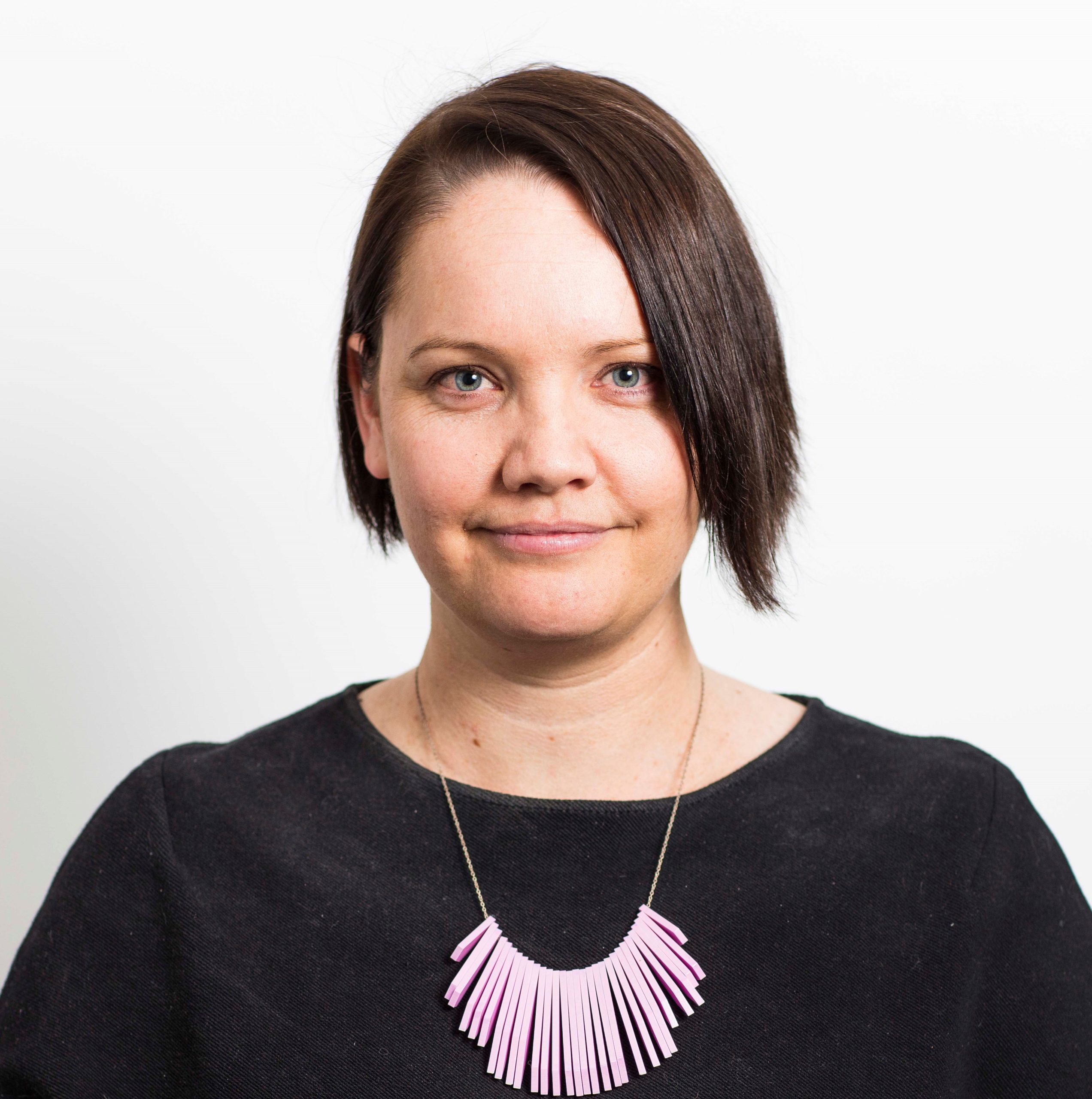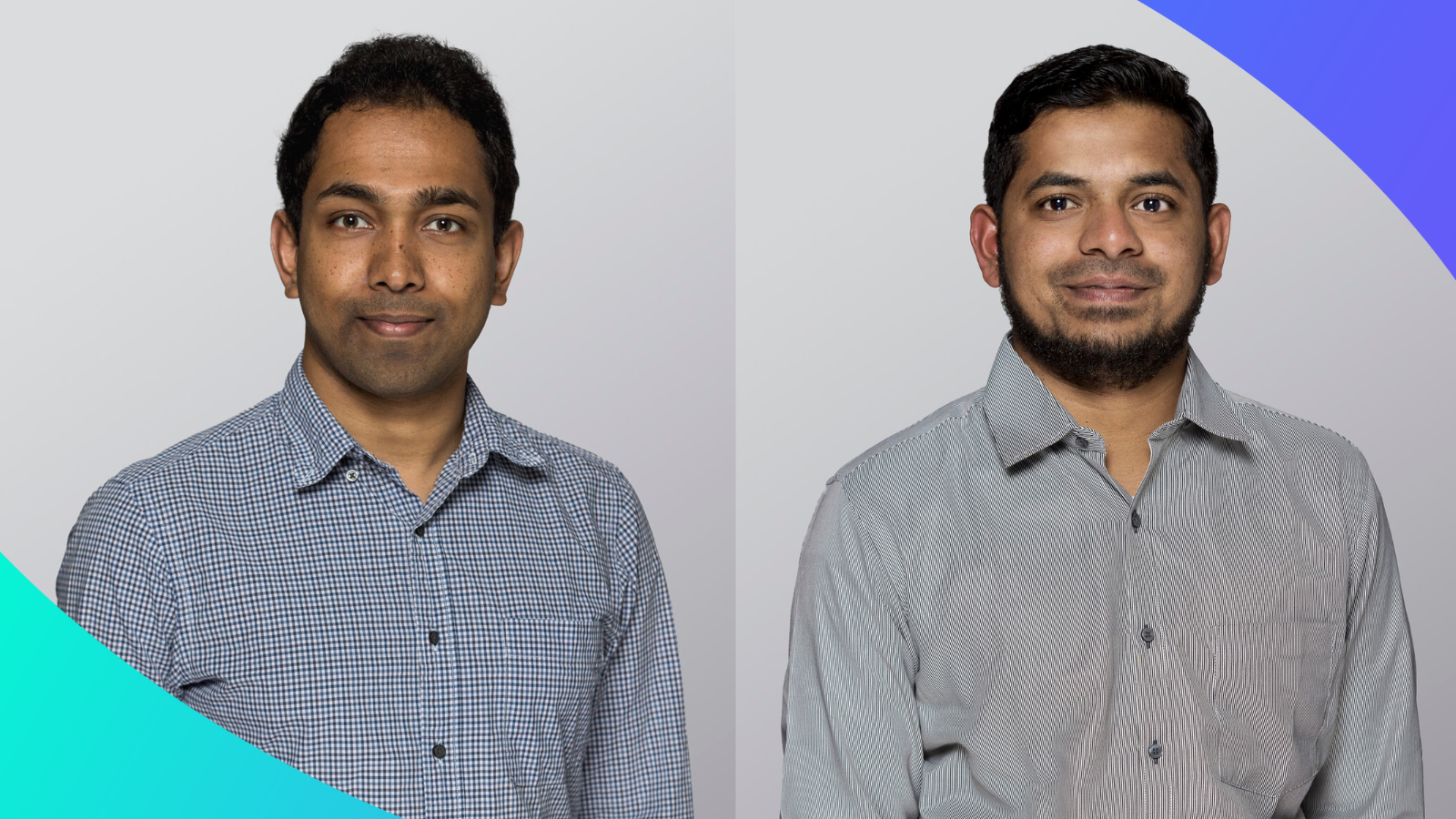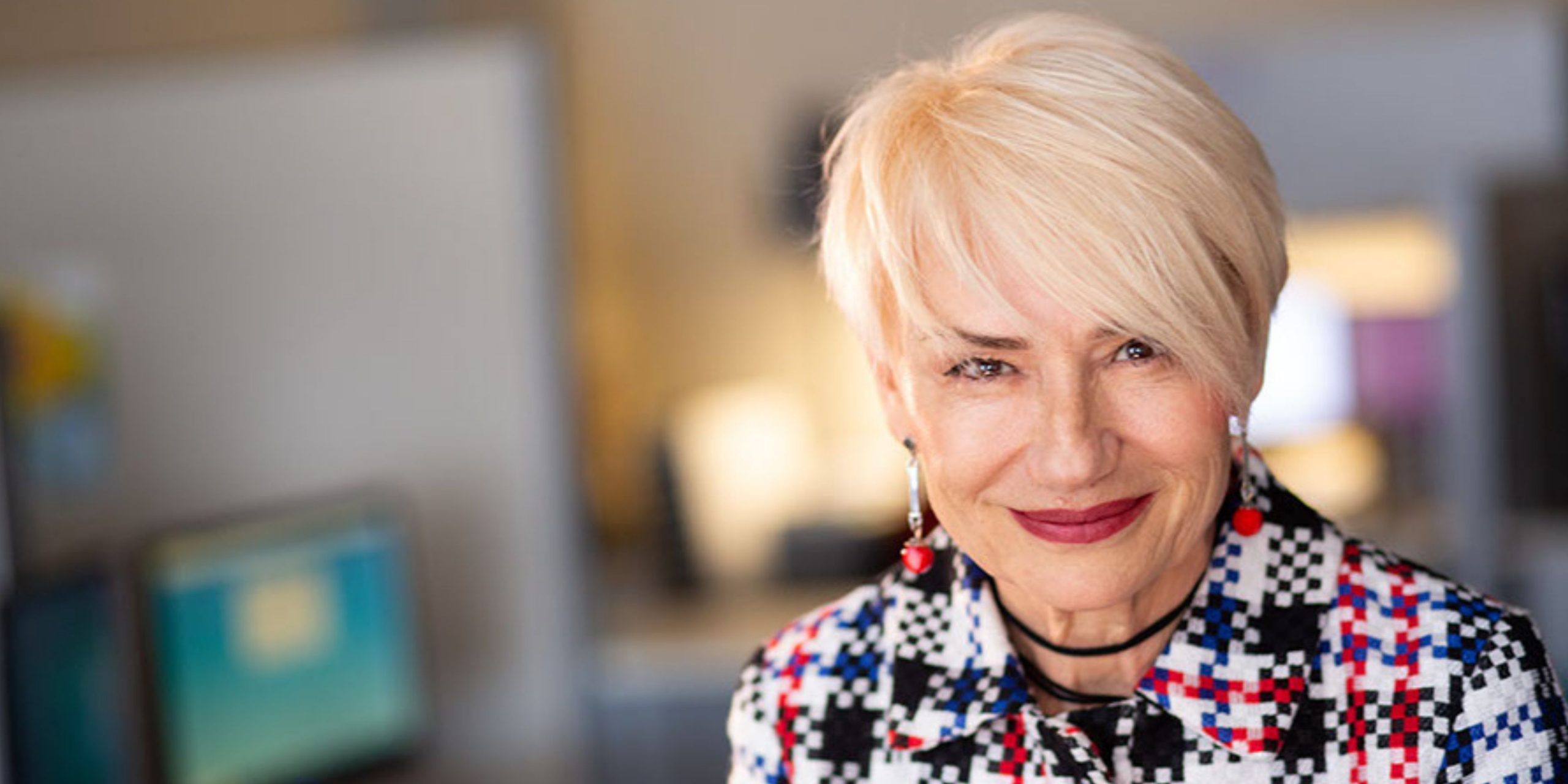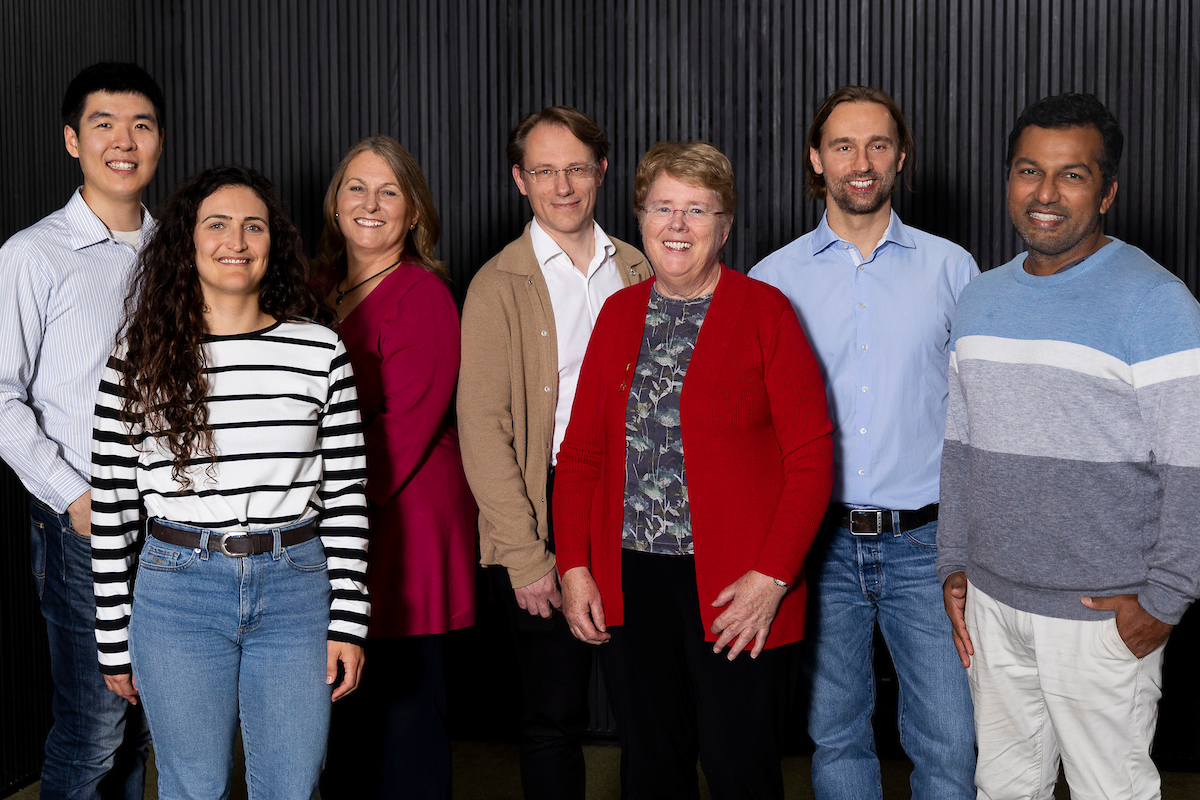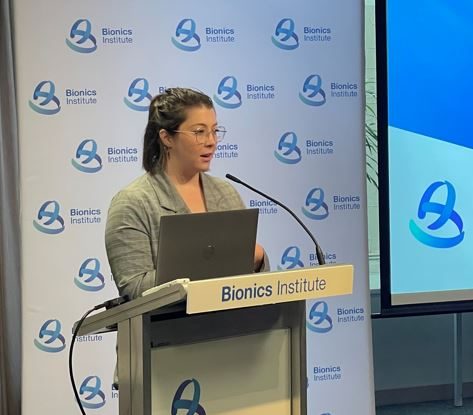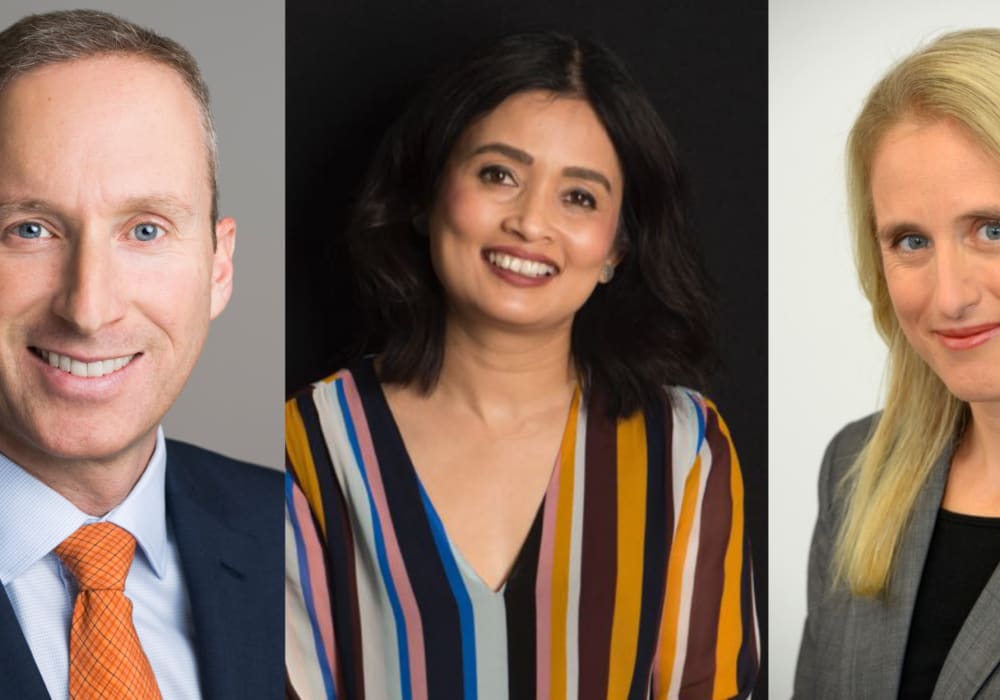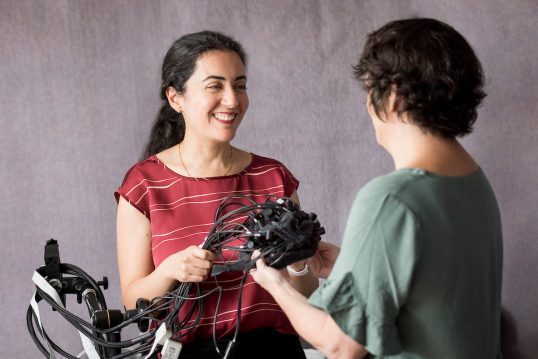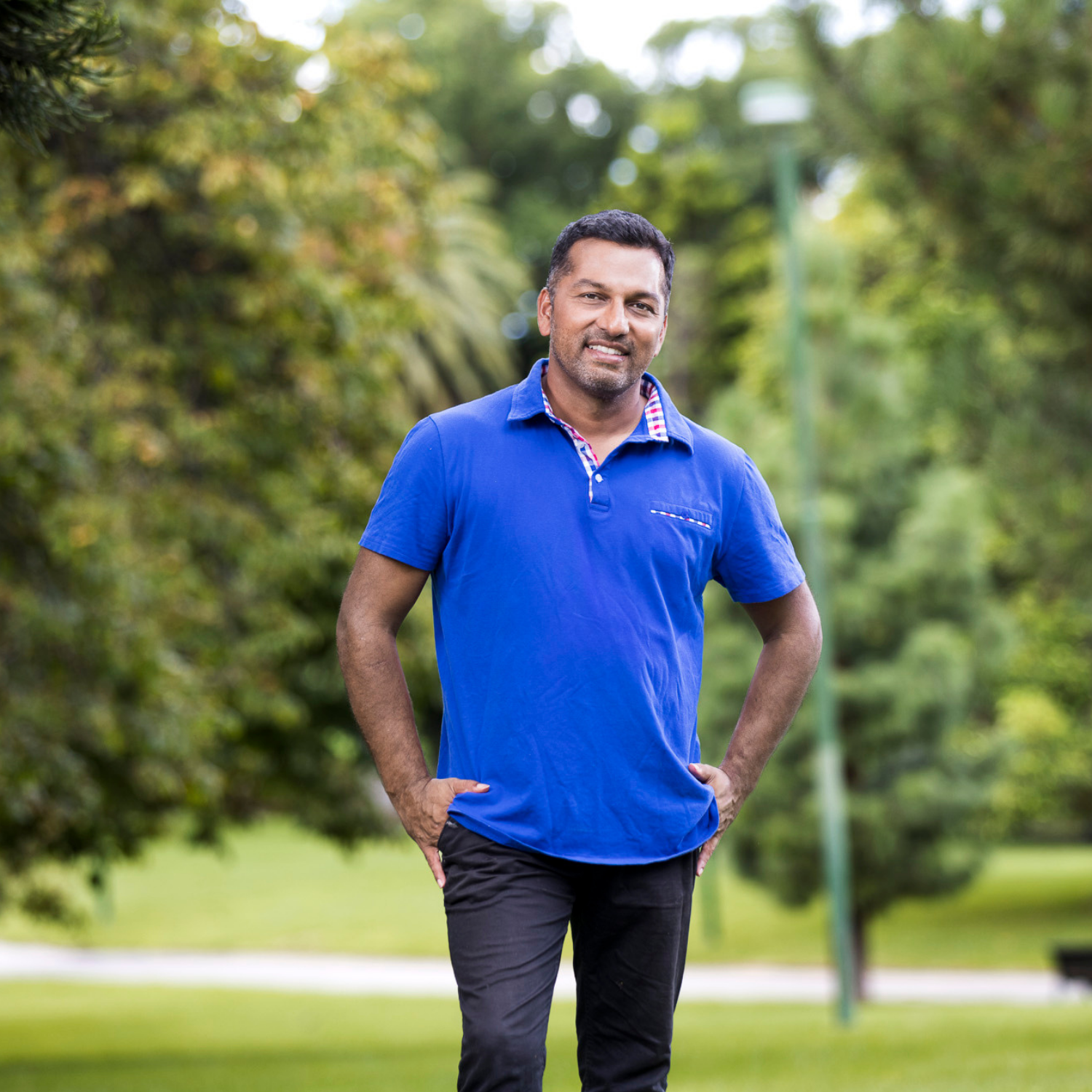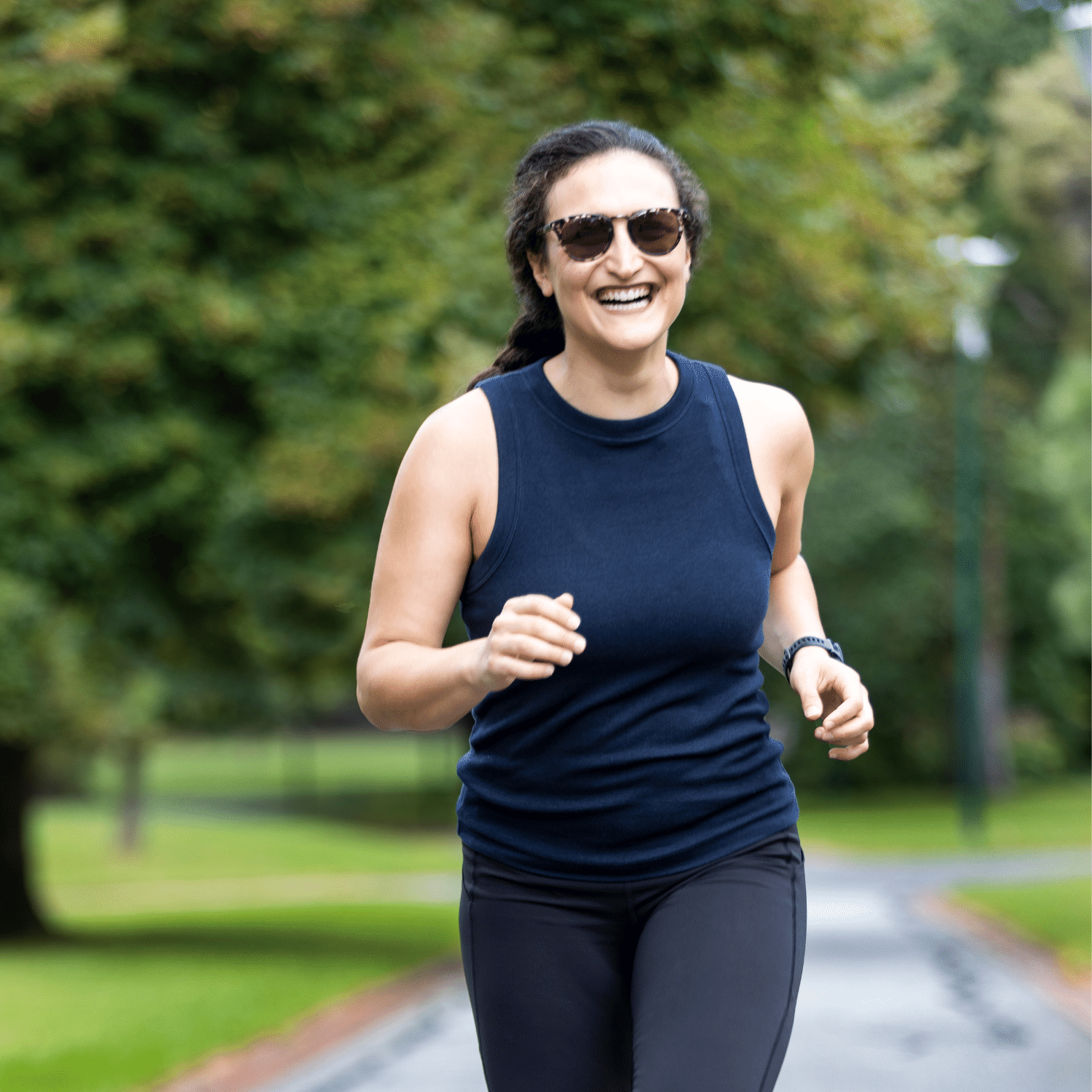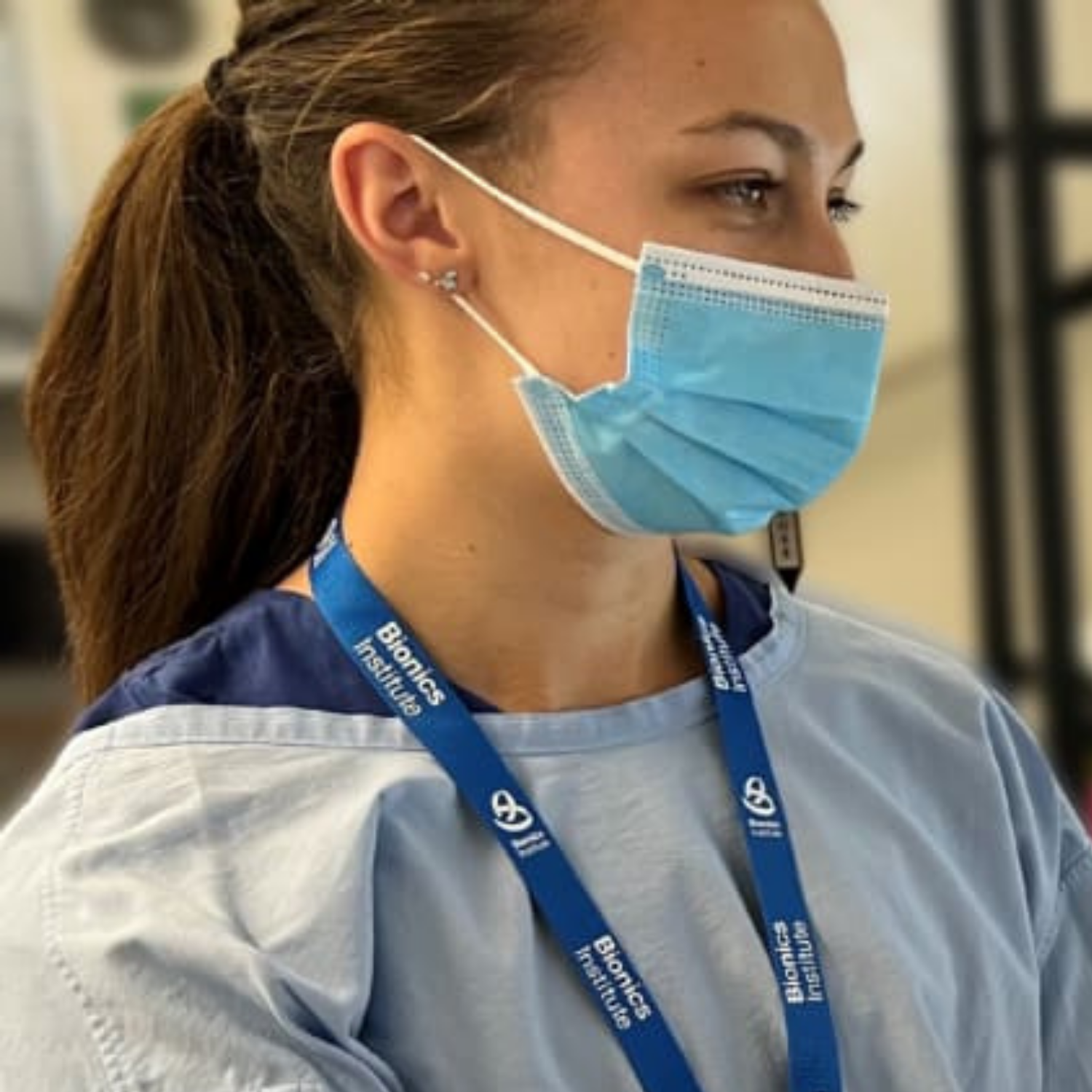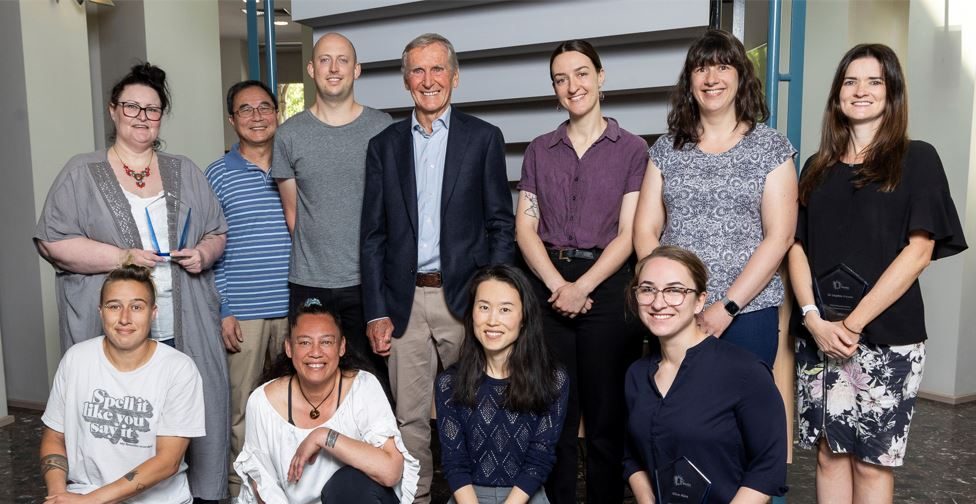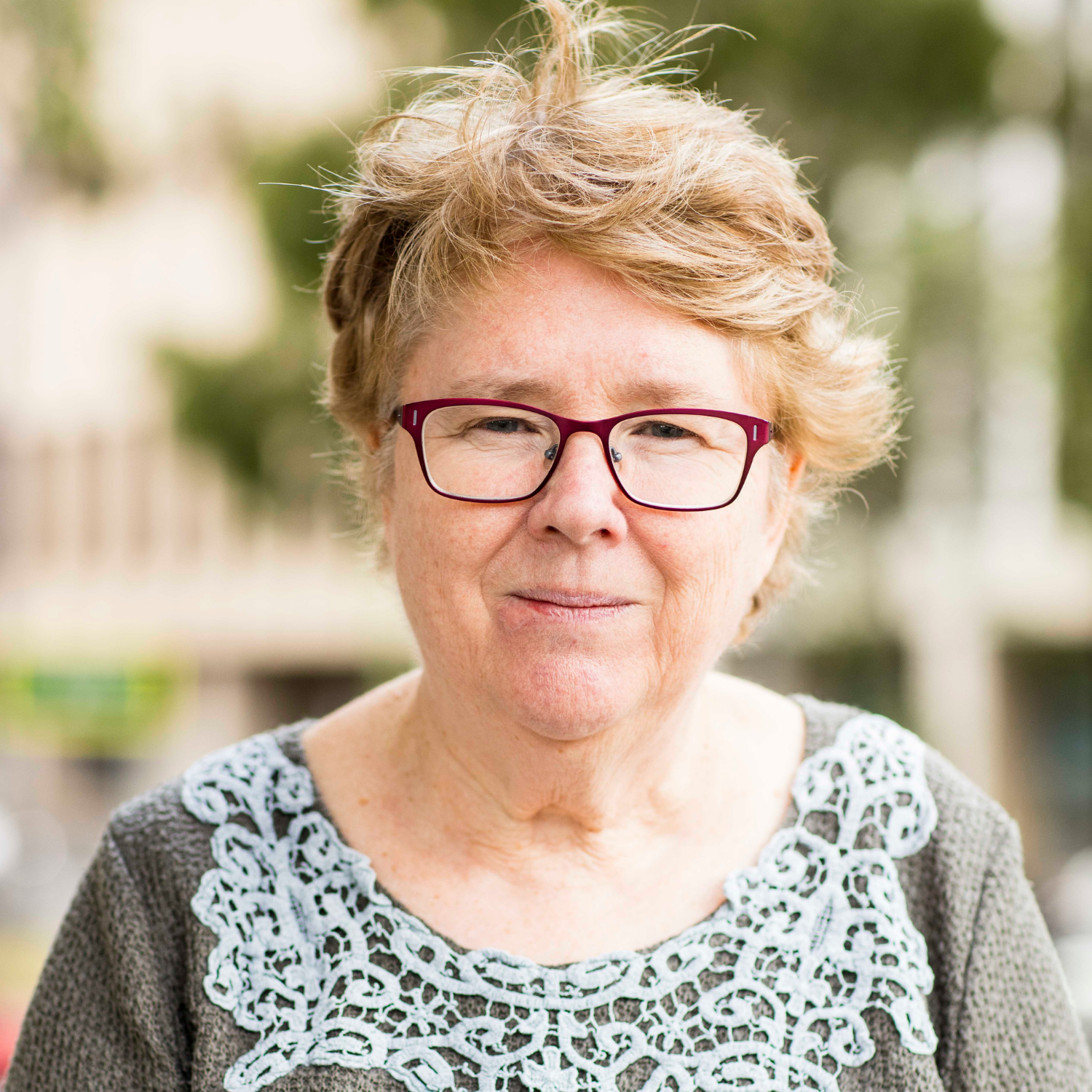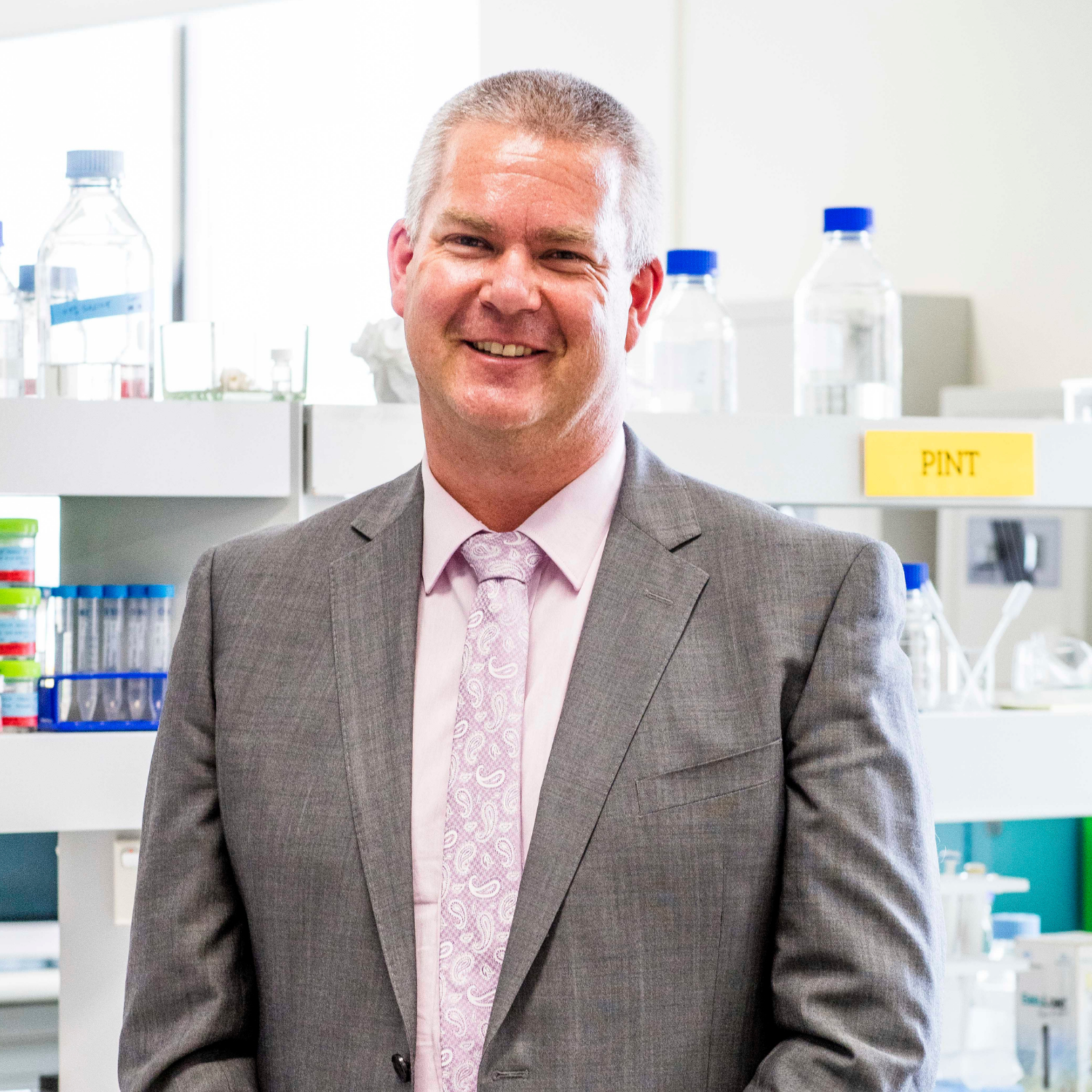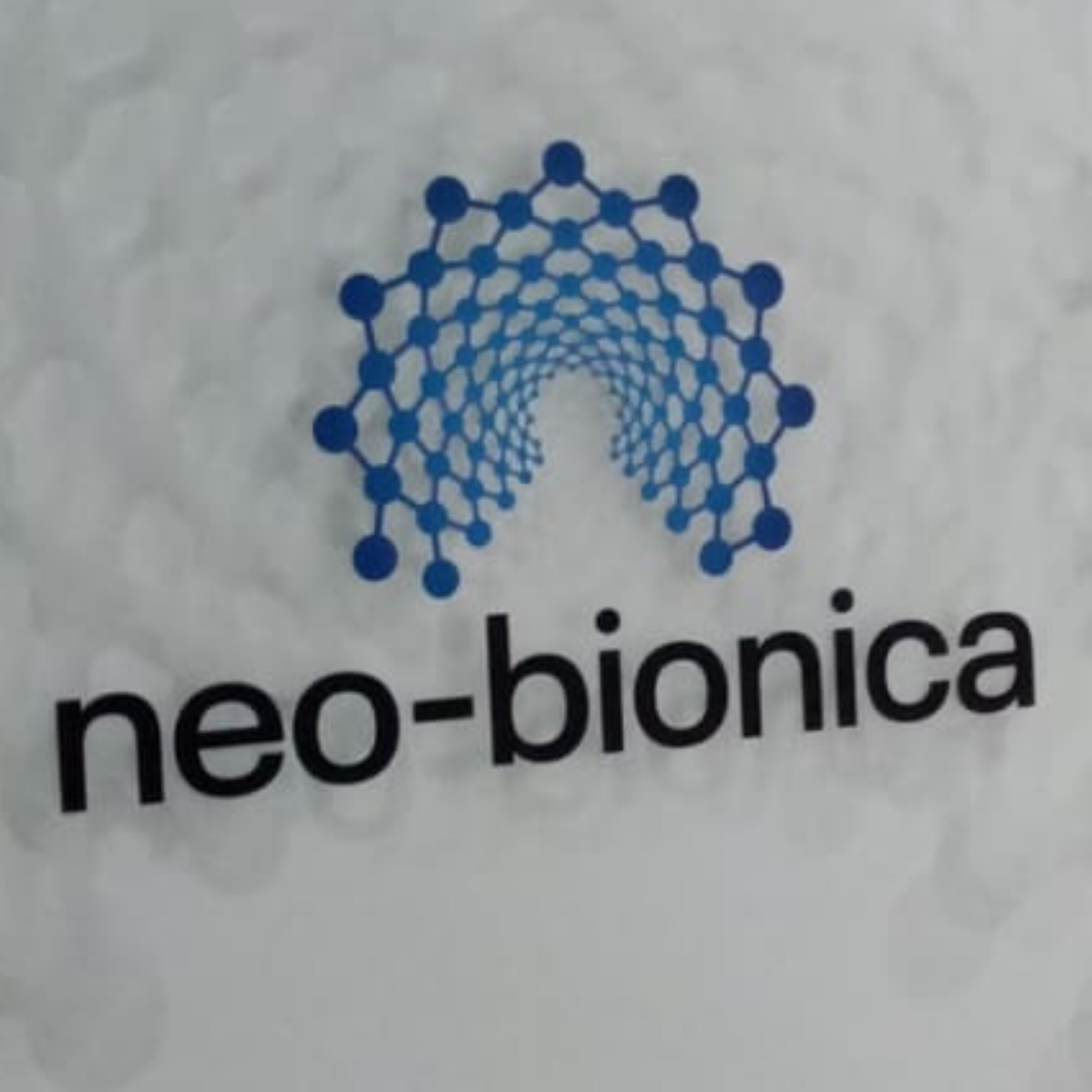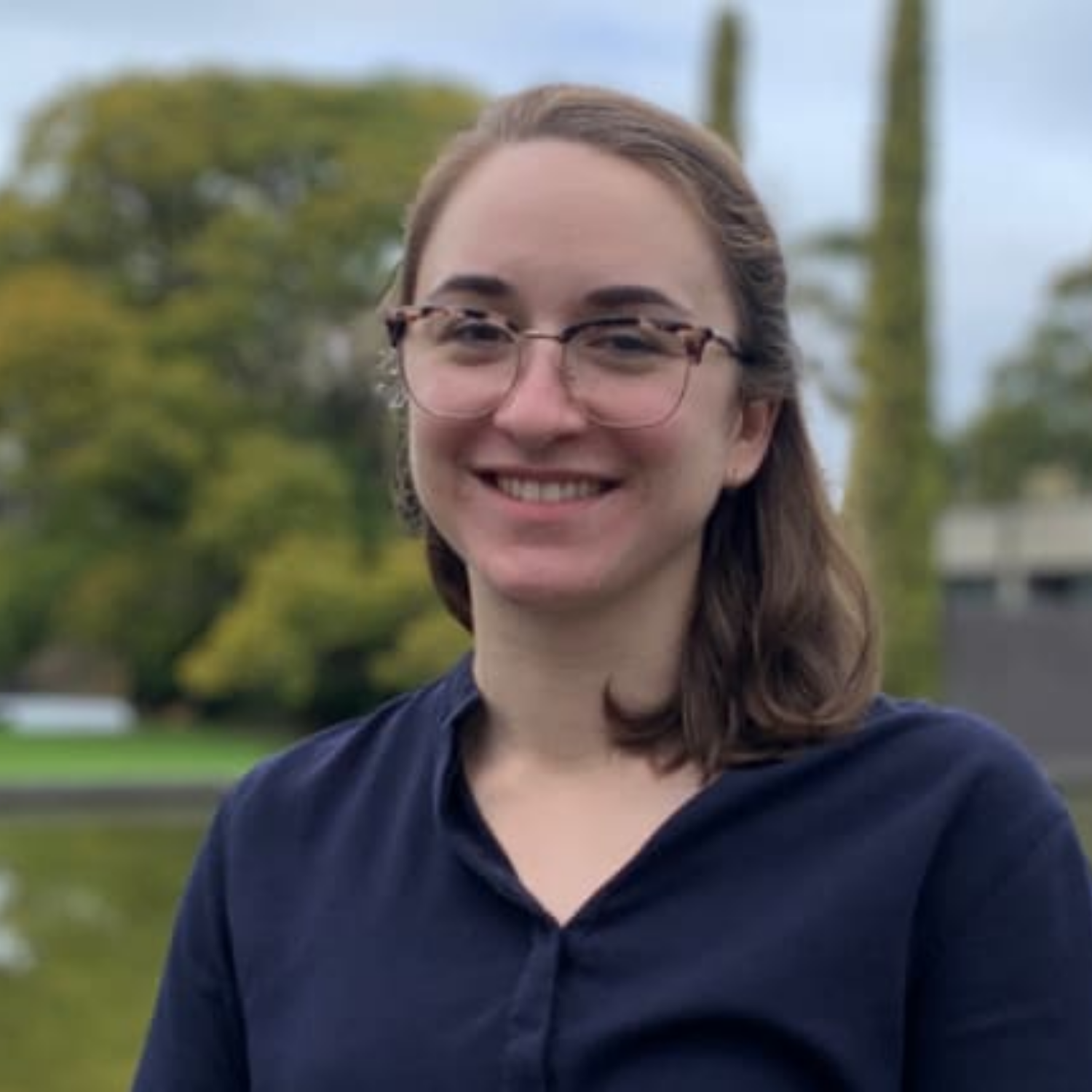Dr Perera joined the Bionics Institute Bionic Eye Research team in 2012, after working at the Royal Children’s Hospital developing a novel audiometer.
With a Bachelor in Electronics Engineering, a Masters in Biomedical Engineering, and a PhD in Neuroscience from La Trobe University, Thushara’s background was a valuable asset for the Institute.
When Thushara joined the Institute, he reflects that the bionic eye was entering clinical trials. This provided him with a wonderful opportunity to get involved with ground-breaking research and to make a device that could help those living with vision impairment. The most memorable moment in Thushara’s career was witnessing the first bionic eye being switched on. Dianne, who had been blind for decades, was able to experience rudimentary vision. The sense of relief and accomplishment felt by the research team was only surpassed by the smile on Dianne’s face.
Thushara is passionate about electronics engineering and software development, and feels that if he can use his talents to help those living with chronic illness, then he feels that is a worthy cause. In 2014, Thushara transitioned across and joined the Institute’s Neurobionics team focusing on helping people with Parkinson’s disease and other movement disorders.
When asked what he enjoys most about working at the Bionics Institute, Thushara says along with its incredible reputation, the Institute has “the most amazing people who are approachable and keen to help….with many experts in almost every field”. The Institute’s work is driven by clinical need, and Thushara describes it as “the best feeling” when his technology is used by doctors to help their patients. He actually gets to see his hard work having an impact on patient outcomes.
The Institute was born from the success of the Cochlear implant, and Thushara’s goal is to help the Institute achieve similar success in the future by revolutionising treatments for Parkinson’s disease.
No other place allows you to hear about a clinical challenge on Monday, plan a solution on Tuesday, design a prototype on Wednesday, manufacture it on Thursday, and get it into the clinician’s hand by Friday. Our access to clinicians, on-site experts, and rapid prototyping facilities are absolutely unique. Dr Thushara Perera
